LG B5 is really a good OLED television, which shows that you don't have to spend a fortune for very good quality. It offers deep blacks typical of organic panels, very good colour reproduction – especially after calibration – and enjoyable HDR movie watching experiences. All of this means that evening screenings can provide cinema-like emotions even without resorting to much more expensive screens. The smoothness of the picture and the set of features for gamers also deserve recognition. A 120 Hz panel, low input lag, full support for HDMI 2.1, variable refresh rates, and Dolby Vision Gaming mode make the B5 a very versatile screen – both for gaming and watching sports. The friendly webOS system with a Magic remote adds to the package, providing convenient access to content and simplifying operation. However, not everything is perfect. Compared to the B4 model, a slight drop in brightness can be noticeable, especially in very bright rooms. For some users, the lack of DTS audio support may also be a problem, which could force some workarounds when connecting Blu-ray players. Despite this, LG B5 remains one of the most sensible choices for those who want to enter the world of true cinema – without overspending, but also without major compromises. It's a screen that doesn’t need to prove anything – it simply delights the eye with excellent picture quality and works as it should.
- Matching (Score)
- Our verdict
- TV appearance
- Where to buy
- Contrast and black detail
- HDR effect quality
- Factory color reproduction
- Color reproduction after calibration
- Smoothness of tonal transitions
- Image scaling and smoothness of tonal transitions
- Blur and motion smoothness
- Console compatibility and gaming features
- Input lag
- Compatibility with PC
- Viewing angles
- TV efficiency during daytime
- Details about the matrix
- TV features
- Apps
- Playing files from USB
- Sound
LG OLED B5 vs Hisense U7Q
Direct compare
U7Q / U78Q
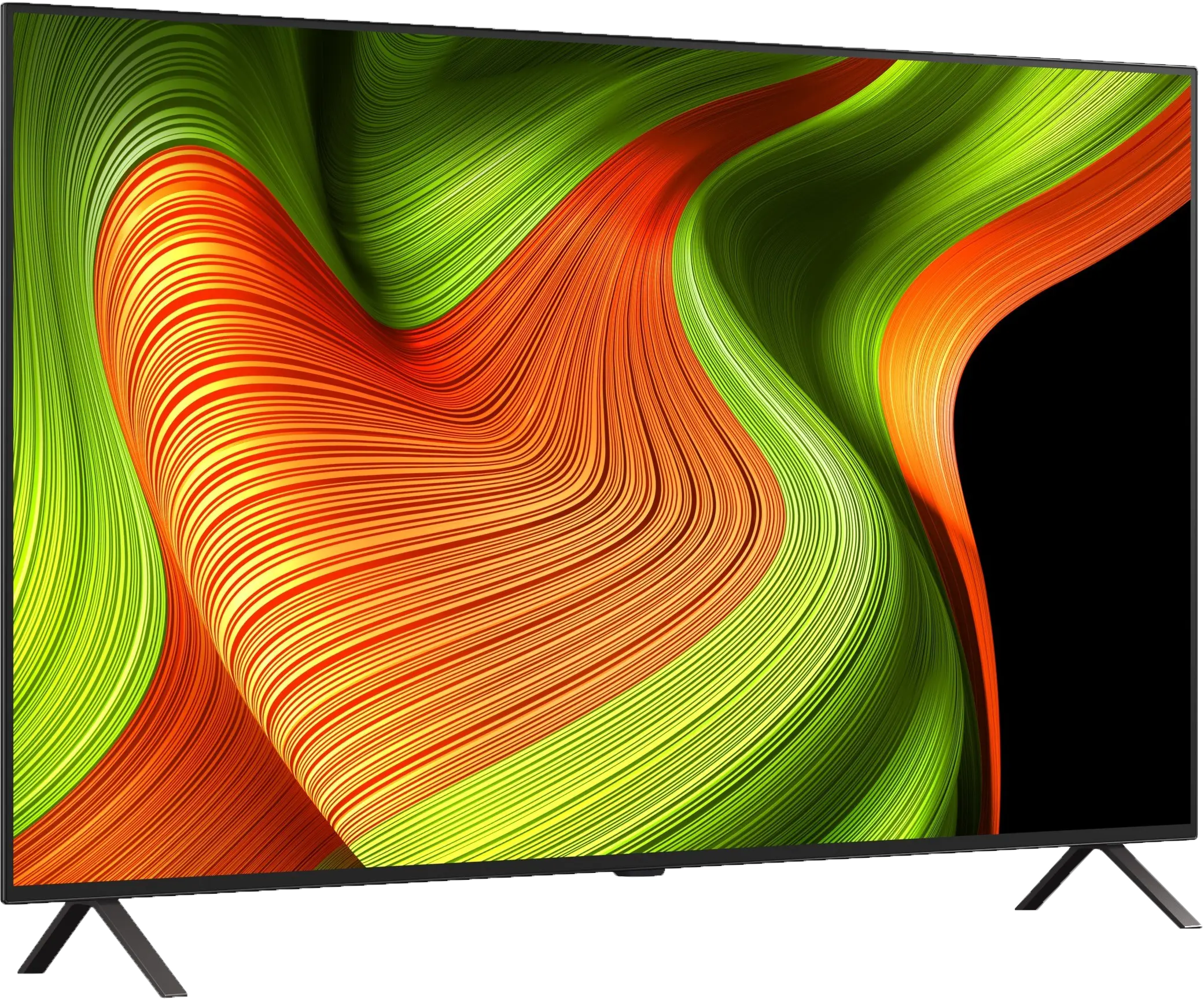

Panel type: WRGB OLED
Resolution: 3840x2160
System: WebOS
Model year: 2025
Complete the survey to find out the result

Panel type: LCD VA
Resolution: 3840x2160
System: VIDAA
Model year: 2025
Complete the survey to find out the result

Overall rating
7.8
7.2
Movies and series in UHD quality
7.9
6.7
Classic TV, YouTube
8.6
6.8
Sports broadcasts (TV and apps)
8.5
6.5
Gaming on console
9.2
8.0
TV as a computer monitor
7.6
8.6
Watching in bright light
4.9
6.2
Utility functions
7.9
8.9
Apps
9.1
7.7
Sound quality
7.0
7.2
Complete the survey to find out what fits your preferences
Advantages
Perfect black and contrast
Pleasant image in HDR format
Excellent colour reproduction capabilities
120Hz OLED panel - great motion fluidity
4 HDMI 2.1 ports and full support for gamers (VRR, ALLM, Dolby Vision Gaming, HGiG)
Very low input lag
Correct content scaling and good digital processing
User-friendly webOS system with a Magic remote
Built-in USB recording function from built-in DVB-T/T2 tuners
Great contrast and deep blacks
Very good fluidity of tonal transitions (close to reference level)
High brightness
Support for 4K 144 Hz and even 240 Hz in Full HD
VRR, ALLM, G-SYNC – a complete package for gamers
Low input lag
Pleasant sound with light bass
Many classic TV features built into the VIDAA system
Disadvantages
Average brightness and poor performance in bright rooms
No support for DTS formats
Different remote versions in derivative models – difficult to predict which version we will receive
No support for HGiG (makes setting HDR on consoles difficult)
Brightness management issues
Poor viewing angles – typical for VA panels
Closed VIDAA system – lack of certain applications
Our verdict
The Hisense U7Q is one of the most interesting Mini-LED televisions in its price segment, clearly demonstrating that Hisense is beginning to make a mark in the market not only through its price-to-performance ratio but also due to its increasingly refined picture quality. Let's start with what truly impresses: the contrast and black levels are at a level that not long ago was unattainable in this price range. Combined with smooth tonal transitions, solid brightness, and a fast 144 Hz panel, the U7Q becomes a television that excels in both movies and gaming. Gamers will find almost everything they could expect here – variable refresh rate (VRR) support, automatic low latency mode (ALLM), very low input lag, and even 240 Hz in Full HD. All of this makes the U7Q compatible with both next-gen consoles and PCs. However, there are some weaker points. With HDR content, one might say: "untapped potential" – you might ask why? The television, due to its algorithms, dims small bright elements or over-emphasises them, which can ruin the viewing experience. There is also a lack of support for HGiG, a feature that would allow for better calibration of the console with the television regarding HDR. In summary, briefly – the Hisense U7Q is a very versatile and complete television that has its imperfections but makes up for them in many key aspects. For gamers, for the occasional movie viewer, for someone looking for good equipment for everyday use – it is one of the most cost-effective offerings in 2025. You just need to know what compromises you are signing up for – and then it will be hard to be disappointed.
TV appearance
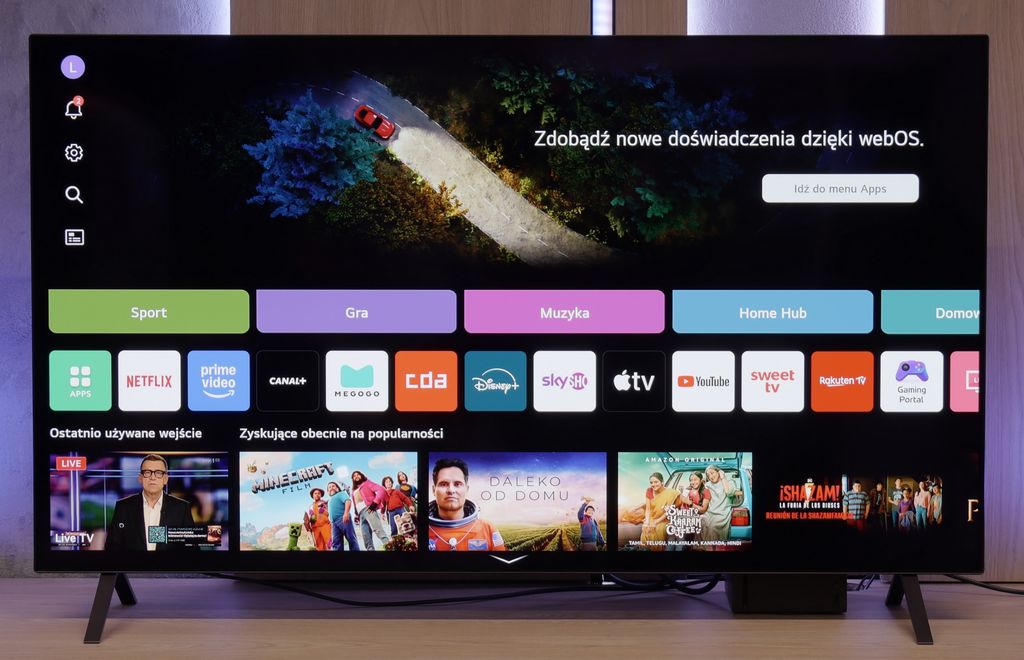
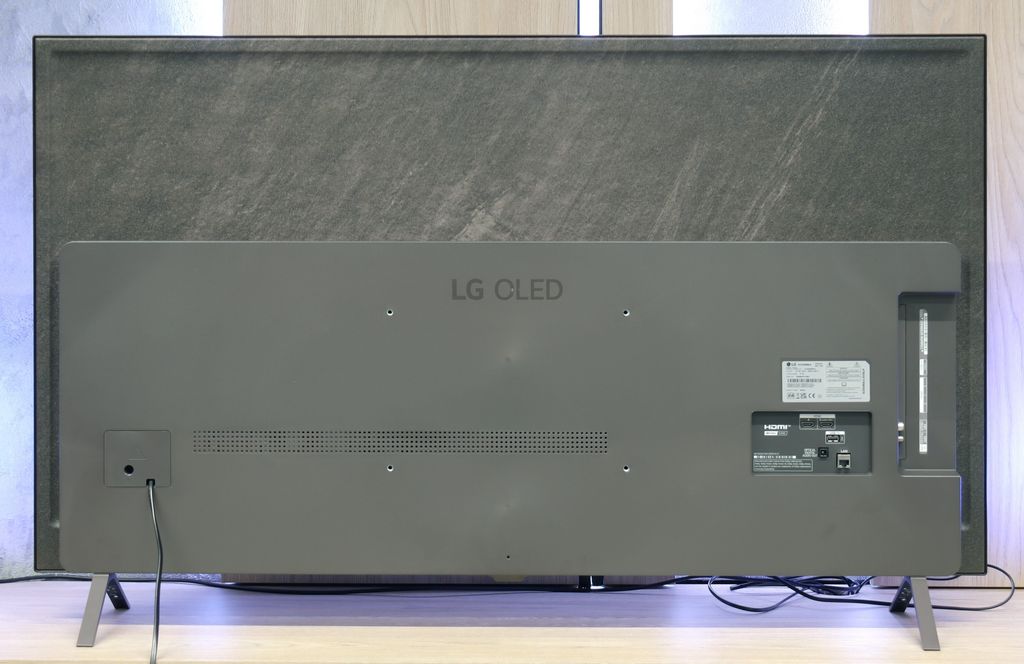
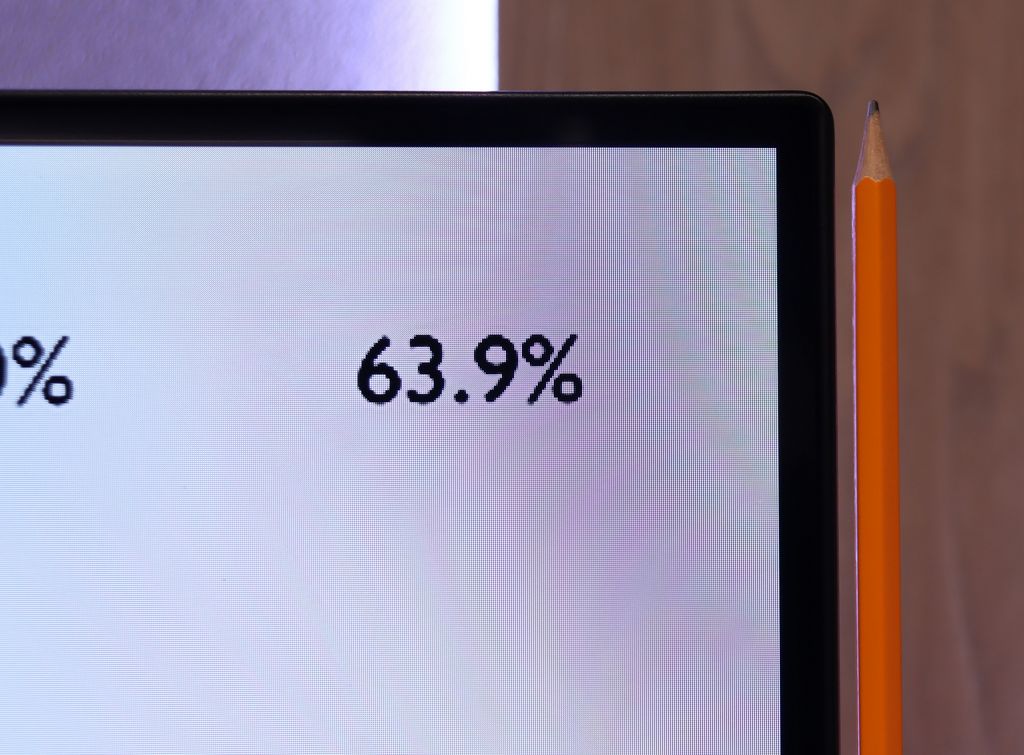




Contrast and black detail
10/10
7.5/10
Local dimming function: Yes, number of zones: 220 (10 x 22)
Contrast:

Result
∞:1

Result
∞:1

Result
∞:1

Result
∞:1

Result
∞:1

Result
278,000:1

Result
28,800:1

Result
11,100:1

Result
10,800:1

Result
6,250:1
Halo effect and black detail visibility:
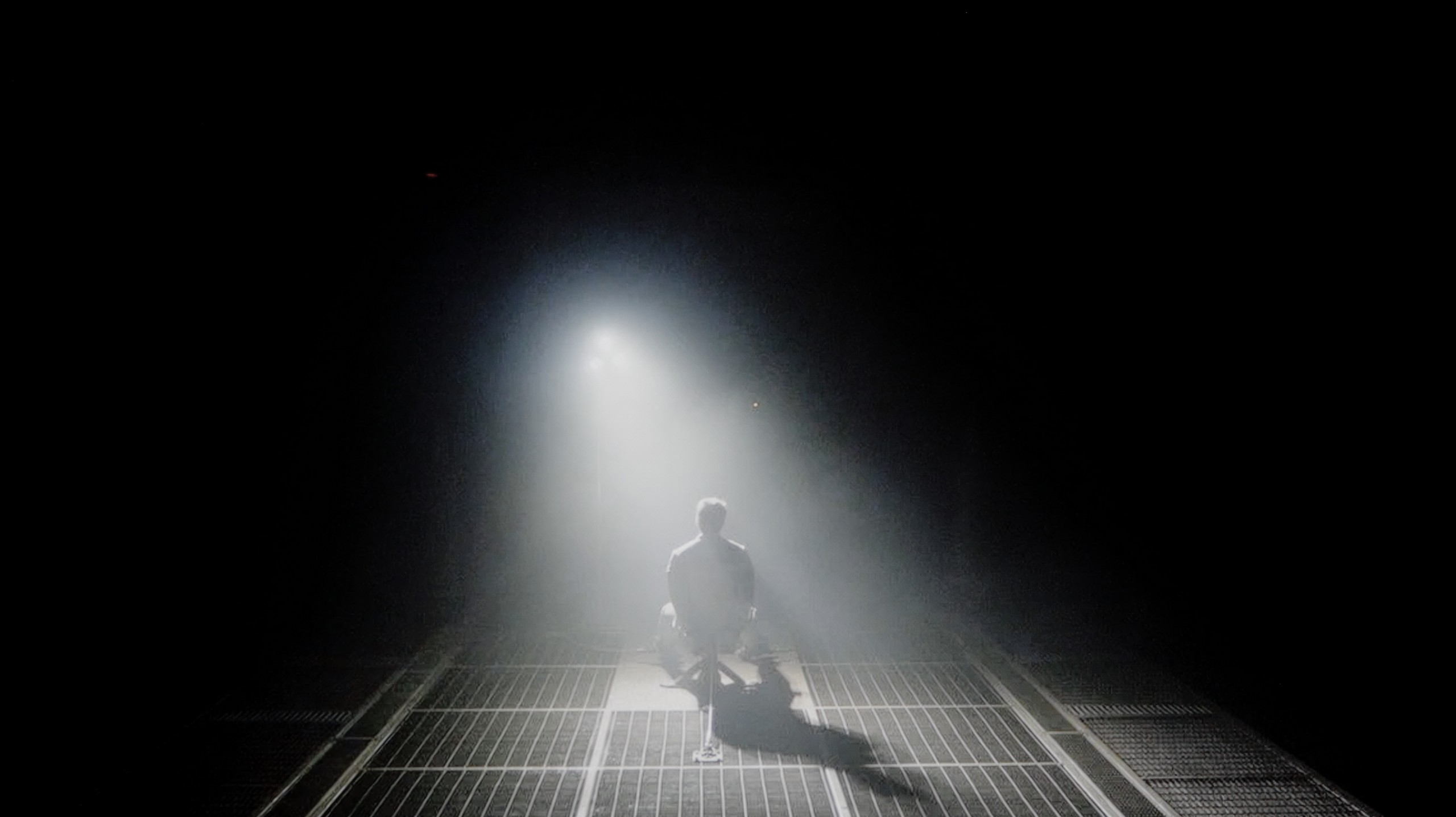

If you are looking for changes compared to last year's LG B4, we will immediately dispel any doubts – you won't find any in this category at all. And that's good. Because how to improve something that is already bordering on perfection? The LG B5, as a television with an organic WOLED panel, offers black as tar scenes and a contrast that is hard to find even in the most expensive LCD screens. The display is as clear as a bell – no bleed-through, no streaks, no halo effects that can ruin the atmosphere in cinema scenes. Here, everything is in its place. Details separate from the black with surgical precision, nothing blends together, even in the most demanding sequences from films such as The Revenant or Oblivion. This is the type of television that can enchant you, especially when the room goes completely dark. When the lights go out, the LG B5 takes centre stage – and it does so spectacularly. In these conditions, OLED shines the brightest, and even top LCD models – despite advanced dimming and hundreds of zones – simply fall behind.
The U7Q is a television with Mini-LED backlighting – just like the PRO version. The difference? The version without the suffix simply has fewer dimming zones. In our 65-inch model with a VA panel, we counted 220 of them. And although this doesn't make as much of an impression as in the U7Q PRO, it still looks very good on paper for this price range. Alright, but how does it perform in practice? Surprisingly well. The contrast in the U7Q can reach as high as 300,000:1, which gives a really solid black effect. In many scenes, it's hard to find fault – the picture has depth, and the highlights are well separated. Of course, Mini-LED is not OLED – so there are certain limitations. In very challenging scenes with a lot of dark details, the television sometimes either "eats" them, leaving a nice black, or slightly brightens the background, which can cause a halo effect. This is normal in this technology, and one must take it into account. Despite these minor drawbacks – the contrast in the U7Q performs really well.
HDR effect quality
6.2/10
4.6/10
Luminance measurements in HDR:

Result
587 nit

Result
593 nit

Result
628 nit

Result
589 nit

Result
470 nit

Result
521 nit

Result
160 nit

Result
351 nit

Result
98 nit

Result
674 nit
Scene from the movie “Pan” (about 2800 nits)
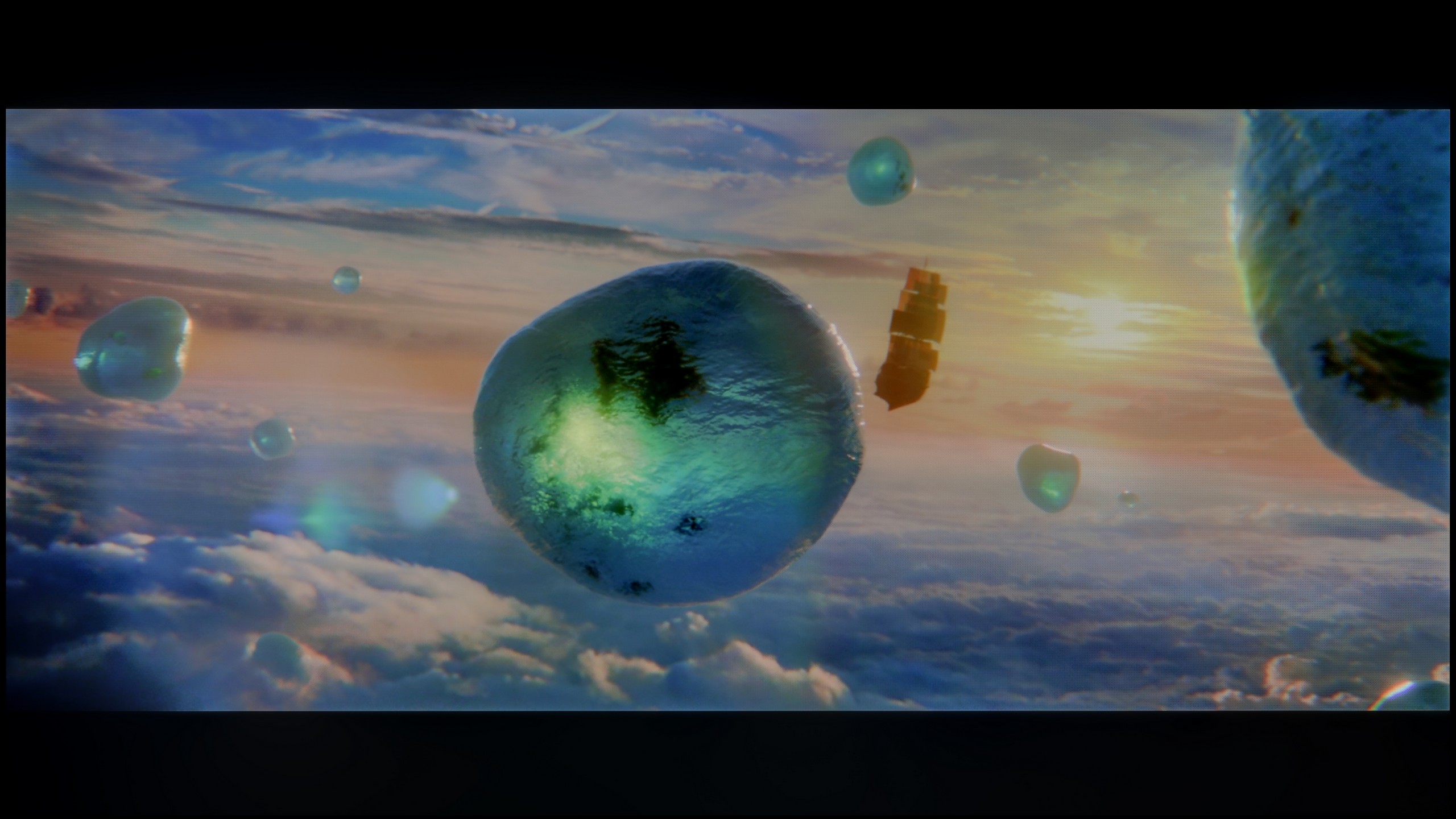

Scene from the movie “Billy Lynn” (about 1100 nits)
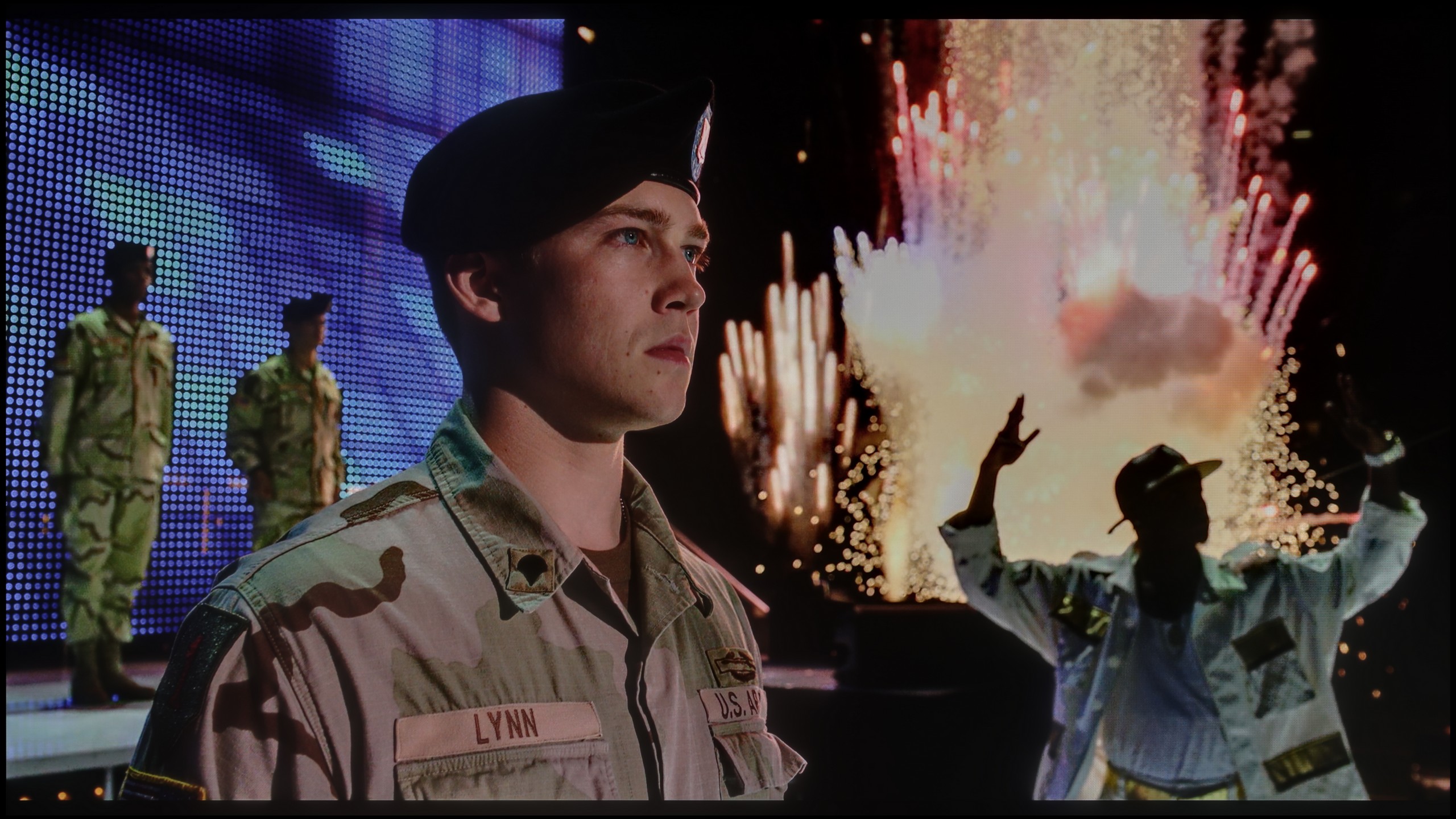

Static HDR10


Dynamic: Dolby Vision
Dynamic: Dolby Vision


HDR luminance chart:
Hisense U7Q
HDR luminance
LG OLED B5
HDR luminance
Luminance of RGB colors
The LG B5 is a moderately bright OLED television. Regardless of the scene, it can generate around 500 nits of peak brightness. Interestingly, it achieves this even in full-screen shots saturated with white, where most OLEDs typically struggle. So is this screen suitable for HDR films? Indeed – and very much so, because such brightness allows you to truly feel the magic of HDR effects. However, it is worth noting that compared to last year's B4 model, the new B5 is darker – by about 100 nits. It may seem like a small amount, but at such average peak values, it makes quite a significant difference. Fortunately, the television compensates with another advantage – excellent coverage of the DCI-P3 and BT.2020 colour gamut. As a result, HDR films look really colourful, vibrant, and impress even in more demanding scenes.
Since the algorithms responsible for blacks are performing quite well, we expected a similarly good effect regarding brightness and overall HDR quality. Unfortunately – here we have to disappoint you a bit.
The U7Q is a sufficiently bright television – under the best conditions, it can achieve around 800 nits, which indeed impresses on some scenes, especially in scenes like those from the film The Meg. Bright areas can shine, and the HDR effect is noticeable. The problem arises when there are very small, bright elements on a dark background – for example, in Sicario 2 or in the second scene from the film Life of Pi. In such moments, the dimming algorithms work too aggressively. Yes, the blacks look great then, but the brightest points can almost completely disappear, causing the HDR effect to vanish and the details to be barely visible. It's just the nature of this technology in this price segment.
As a consolation, it's worth mentioning that the U7Q is marketed as QLED (in practice, a PFS layer is used, which works very similarly), and it is indeed capable of displaying a wide colour palette – a DCI-P3 coverage of around 94% is a very good result for this class.
Factory color reproduction
8.2/10
6.3/10


Factory Mode
After calibration


Factory Mode
After calibration
We tested the B5 in Filmmaker mode and... we would love to see more TVs like this straight out of the box. Truly. The white balance is set very well – there's practically nothing to complain about. Well, if one were to nitpick, one might notice a slight deficiency in blue, which makes the overall image seem slightly yellowish. But that’s just our editorial quibbling. Most of you probably wouldn’t even notice it. We also have minimal reservations about brightness management in HDR format. The EOTF curve – which is responsible for how the TV distributes brightness in a scene – is slightly below ideal. In practice, it may happen that the darkest parts of the image are displayed too dark and simply… disappear. But these are details that only come out in measurements. Generally: we are impressed. However, we also know that LG TVs respond very well to professional calibration. You can achieve almost reference-quality picture from them, so – while it's already very good out of the box – we allowed ourselves to go a step further and refine everything to perfection.
We tested the U7Q in the best possible picture mode, which is Filmmaker Mode. This is the mode that is supposed to provide the most "filmic" and creator-intended experience – right out of the box. Unfortunately… even this professionally sounding name does not guarantee a perfect picture.
In our unit, the problem lay in the incorrectly set white balance. Both in HD and 4K content, the picture had too much blue and red, which caused the screen to take on a slightly rosy tint. It didn't look terrible, but it was noticeable – especially in bright scenes and white backgrounds. This alone could perhaps be forgiven, but the biggest problem is managing brightness in HDR content. The EOTF curve from measurements confirms what we saw earlier during scene tests: the television can overly darken the smallest bright elements, causing them to nearly disappear, or on the contrary – excessively brighten the brightest ones, which affects the naturalness of the picture.
Color reproduction after calibration
9.1/10
7.4/10
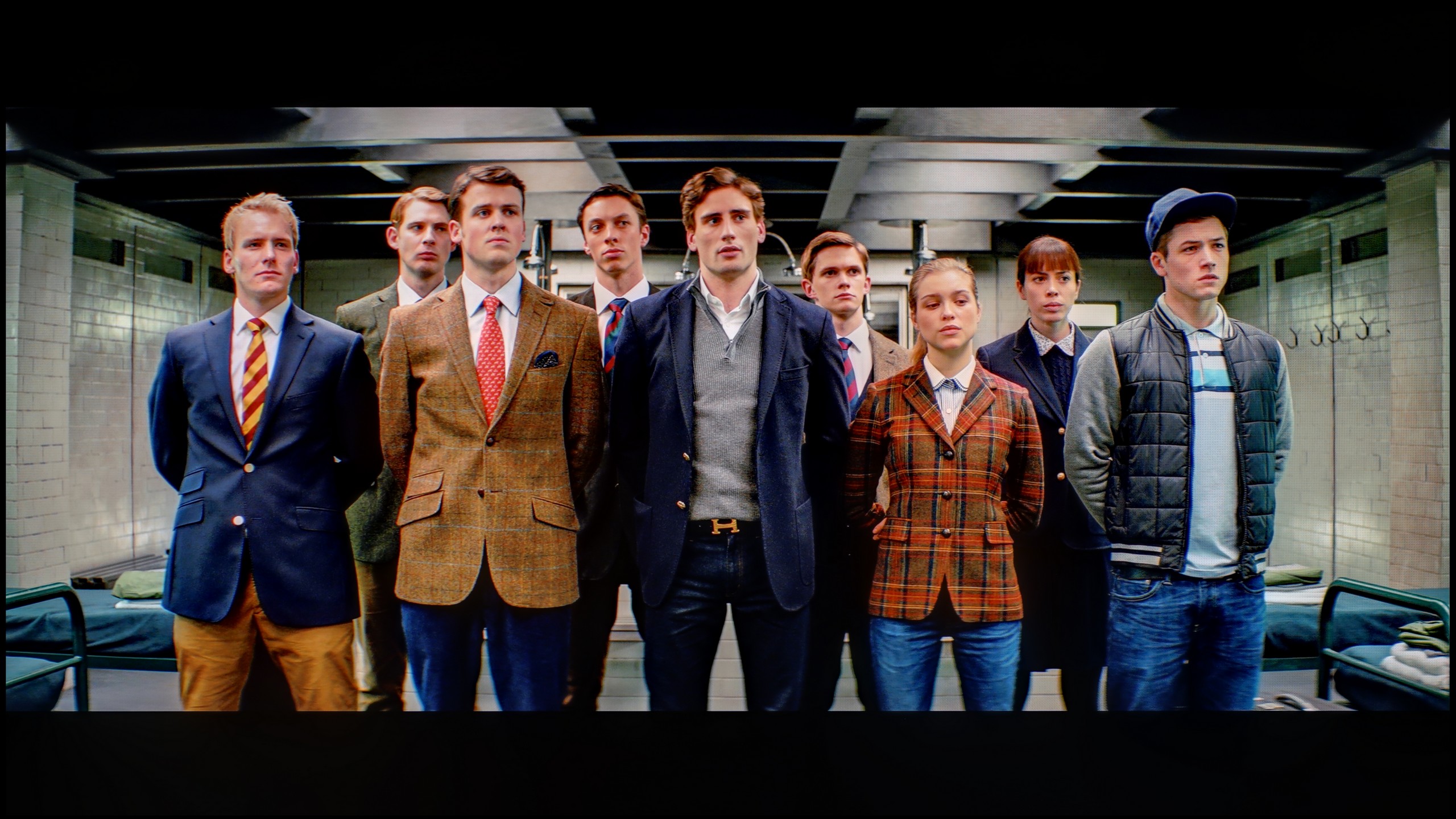

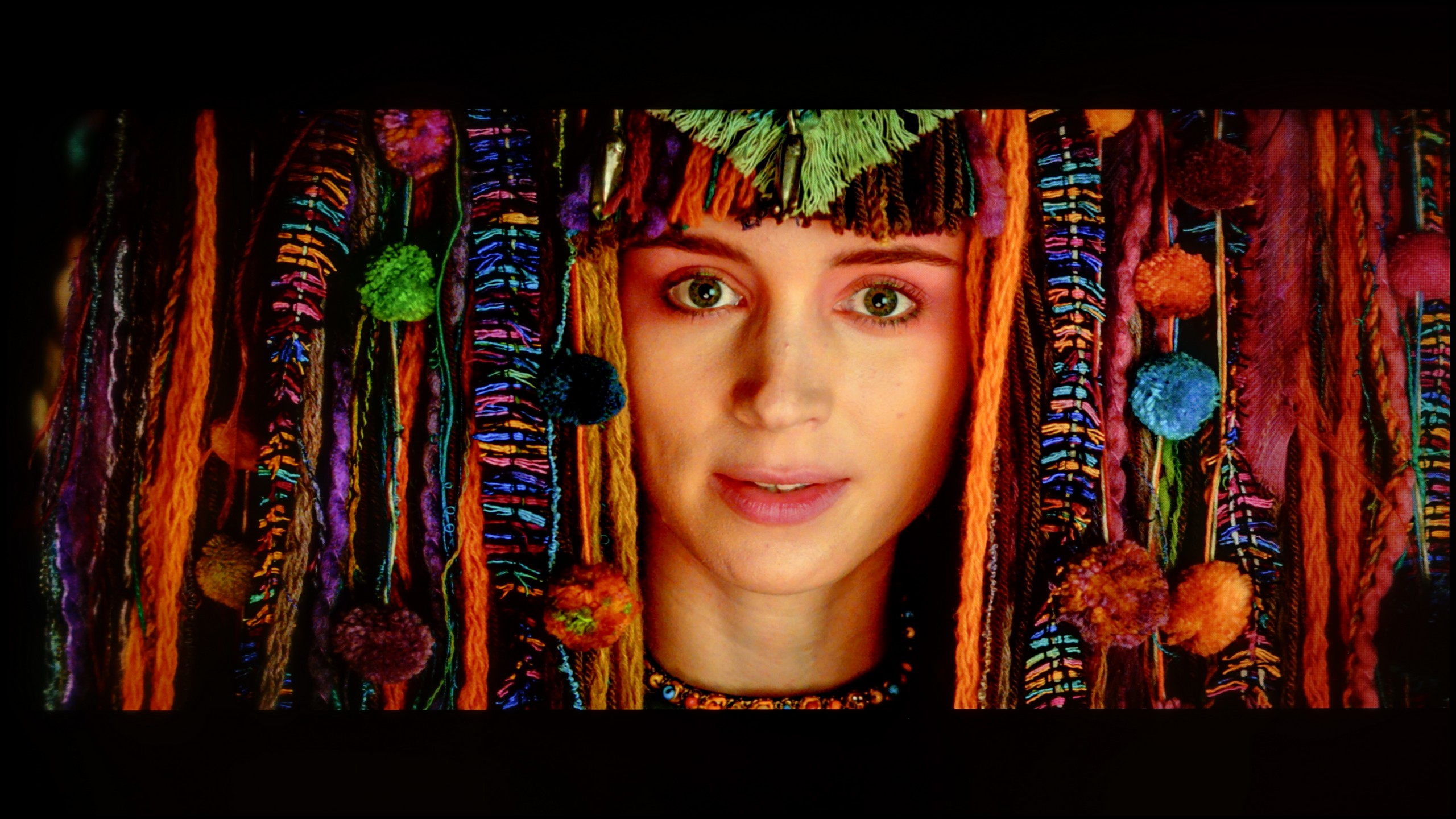

We must admit that we didn't have much work with the LG B5. It's one of those televisions that look good right from the start, but after calibration… they can really impress. The white balance was brought to almost perfect levels – to the point of errors that are invisible to the human eye, unless you are a professional colourist with a magnifying glass at the screen. We also managed to master the tendency of the television to slightly dim the darkest details, particularly in HDR scenes. After proper tuning, everything looks cohesive: black remains deep but does not consume information. Highlights maintain their natural sparkle, and colours align with the director's vision. This is truly one of those models that shows you don't have to spend a fortune to have an almost reference-quality picture. If you can opt for professional calibration – it’s definitely worth it in the case of the B5.
Thanks to specialised tools, we managed to correct the colour quality in SDR content to nearly perfection. In materials with lower dynamic range, the delta E errors dropped below 0.5, which can be regarded as an almost reference result. The picture on television, YouTube, or classic Full HD looks really very good after calibration. Alright – but where did we not manage to improve the image so easily? Primarily, it concerns HDR quality content. Although we managed to somewhat 'tame' the white balance and eliminate pink tints in most scenes, unfortunately, we no longer had full control over brightness management. We set the local dimming settings according to the best observations – SDR: Medium, HDR: High – but the U7Q still did everything a bit its own way. There were still cases of excessive dimming or brightening of details that calibration simply could not eliminate. And although the overall reception of the content is significantly better, one must reckon that the U7Q will always have something to say at the end with an 'but'.
Smoothness of tonal transitions
7.2/10
9.9/10
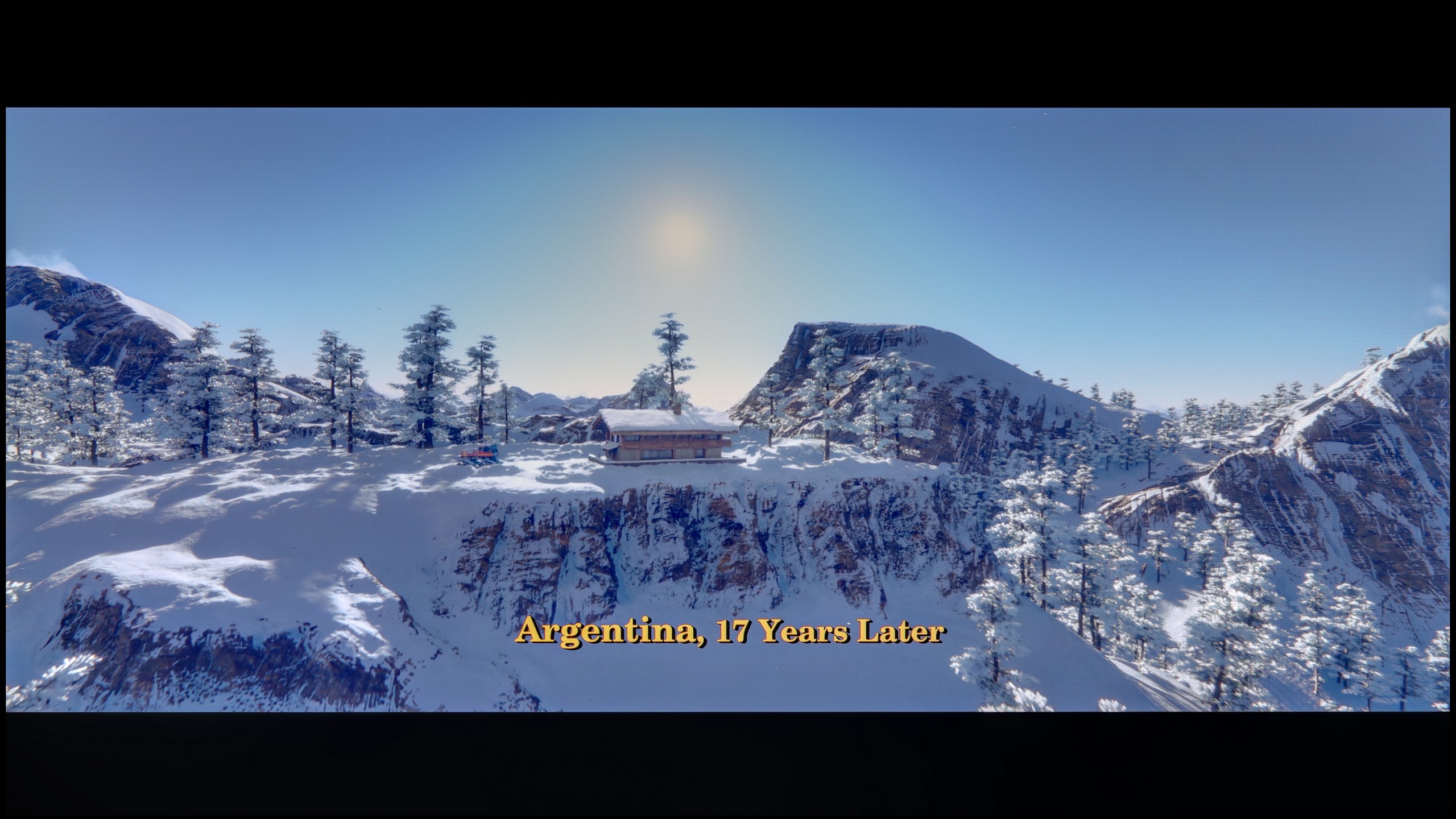

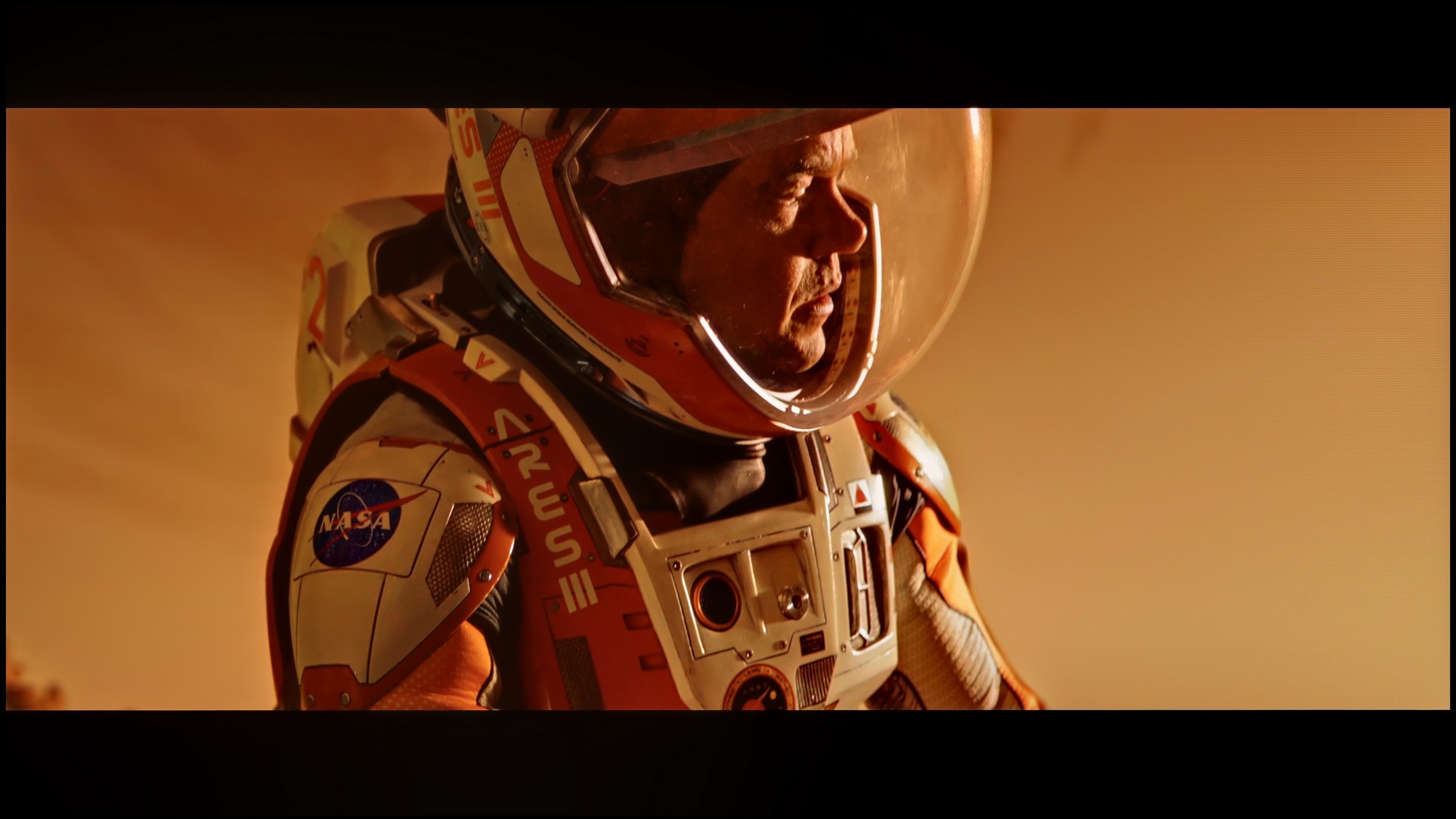

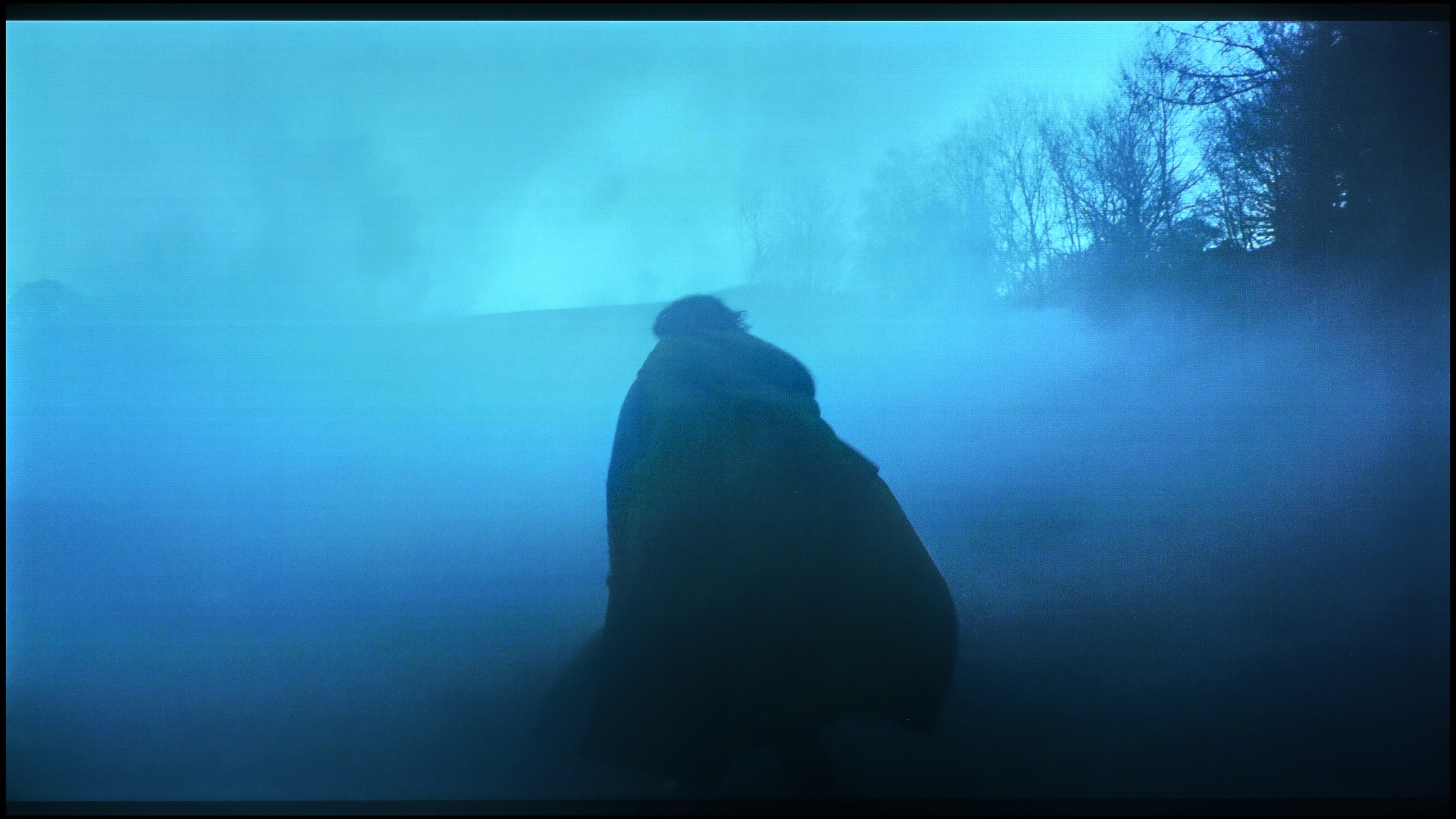

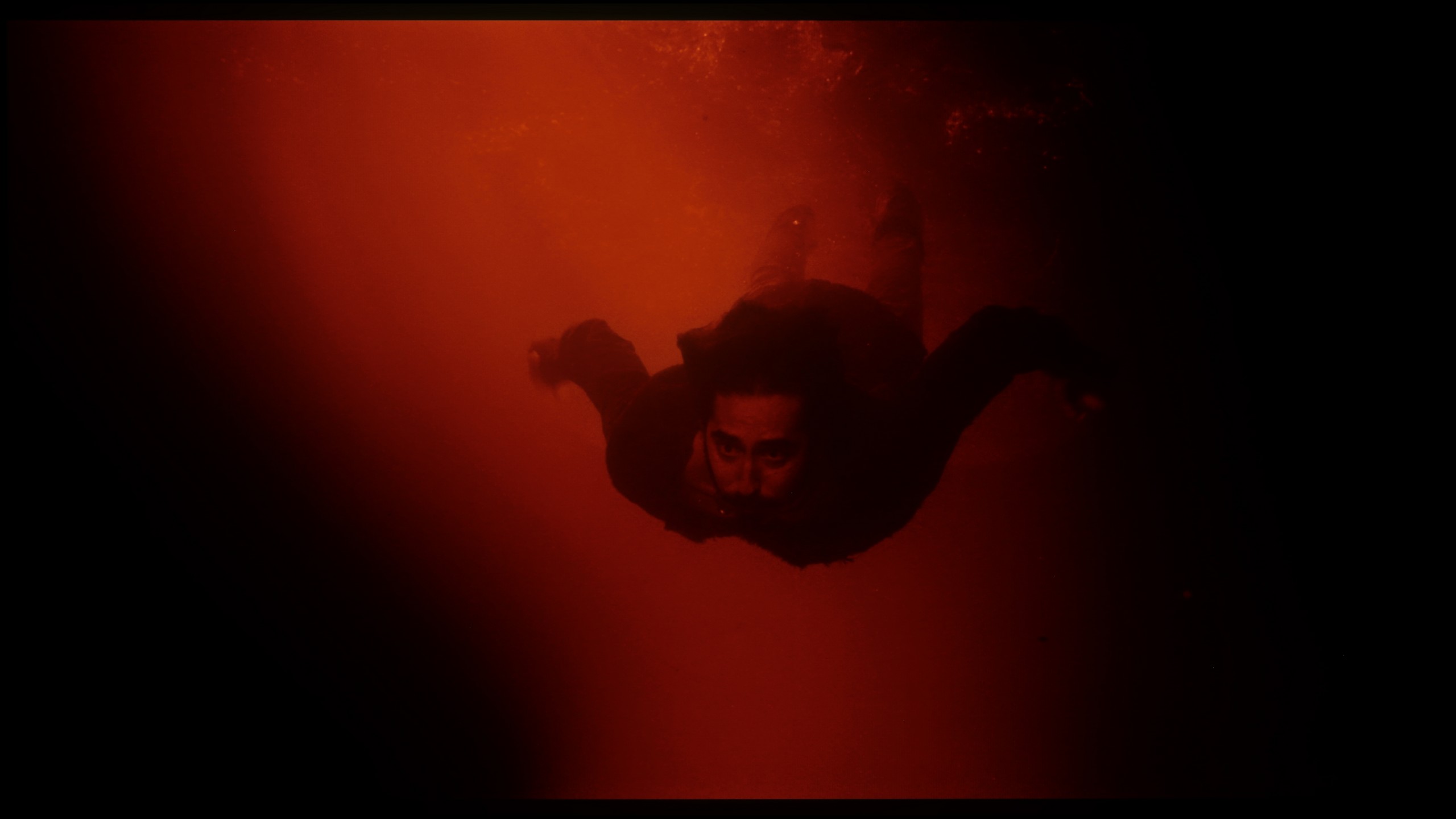





The LG B5 handles colour gradation quite decently. In bright scenes, where we have smooth transitions between skin tones, the sky, or backgrounds, the television blends colours seamlessly and without any jarring effects. At first glance – it looks good, especially considering the price. However, it is enough to reach for more challenging material – those darker, more demanding scenes with a lot of subtle transitions – and the challenges begin. Minor artefacts, false contours, and slight thickening appear. It is still not a level that dazzles or distracts from the narrative, but the difference compared to more expensive WOLED models – and even more so QD-OLED screens – becomes noticeable.
The U7Q performs remarkably well when it comes to tonal transitions – we can confidently say that it is at an almost reference level, which is why this television receives one of the highest possible ratings in this category from us. Colour blending is smooth, clean, and without visible bands. In the majority of scenes, everything looks simply perfect, and any minor imperfections may only appear in very specific shots – although we hardly noticed any during our tests.
Image scaling and smoothness of tonal transitions
7.5/10
6/10
Smooth transition function
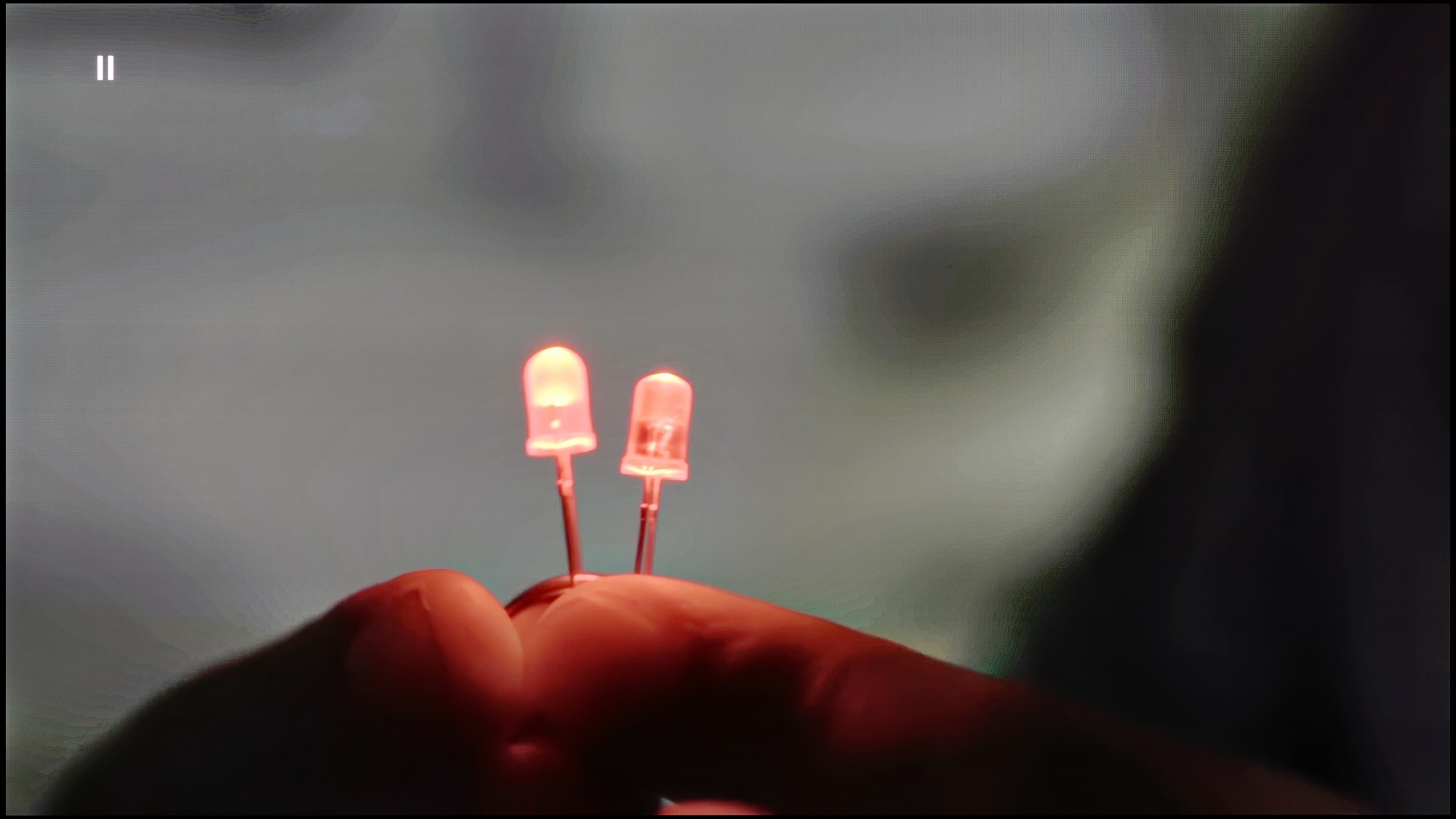

Image without overscan on the SD signal


LG B5 really positively surprised us in terms of handling lower quality content. Thanks to the enhancement and smoothing features, materials in HD resolution or even SD gain a second life. Importantly – when this option is activated at the "low" or "medium" level, we do not feel that the image is artificially softened or smoothed out unnecessarily. Details remain intact, film grain does not disappear, and the edges of objects do not look washed out 😉. This is truly a useful tool – especially if you are watching terrestrial television, archival materials, or content from YouTube in lower resolutions. The image is clear, coherent, and simply pleasant to the eye.
Scaling as such works very well – even content of poor quality is reproduced with surprising fidelity. Unfortunately, there was a slight hiccup. Although the menu contains the option to disable overscan, the television still has issues with correctly displaying images of very low resolution. It may seem like a detail, but when watching older materials – it can be irritating.
There are situations where we would like to smooth out tonal transitions a bit, especially in older materials – those with limited source quality. The U7Q is equipped with a feature called "Smooth and Gradient Image," but unfortunately... it works very poorly. In the "Low" option, the effects are practically unnoticeable, and other settings smooth details but do not improve tonal transitions. The only positive aspect is that the feature does not interfere with film grain, so it does not ruin the natural structure of the image.
Fortunately, upscaling content performs quite well. The image is not excessively sharpened, and there is no artificial clarity – and although it is known that this is not the level of high-end televisions, the U7Q handles displaying really old content in a completely acceptable manner without any issues.
Blur and motion smoothness
8.5/10
7.5/10
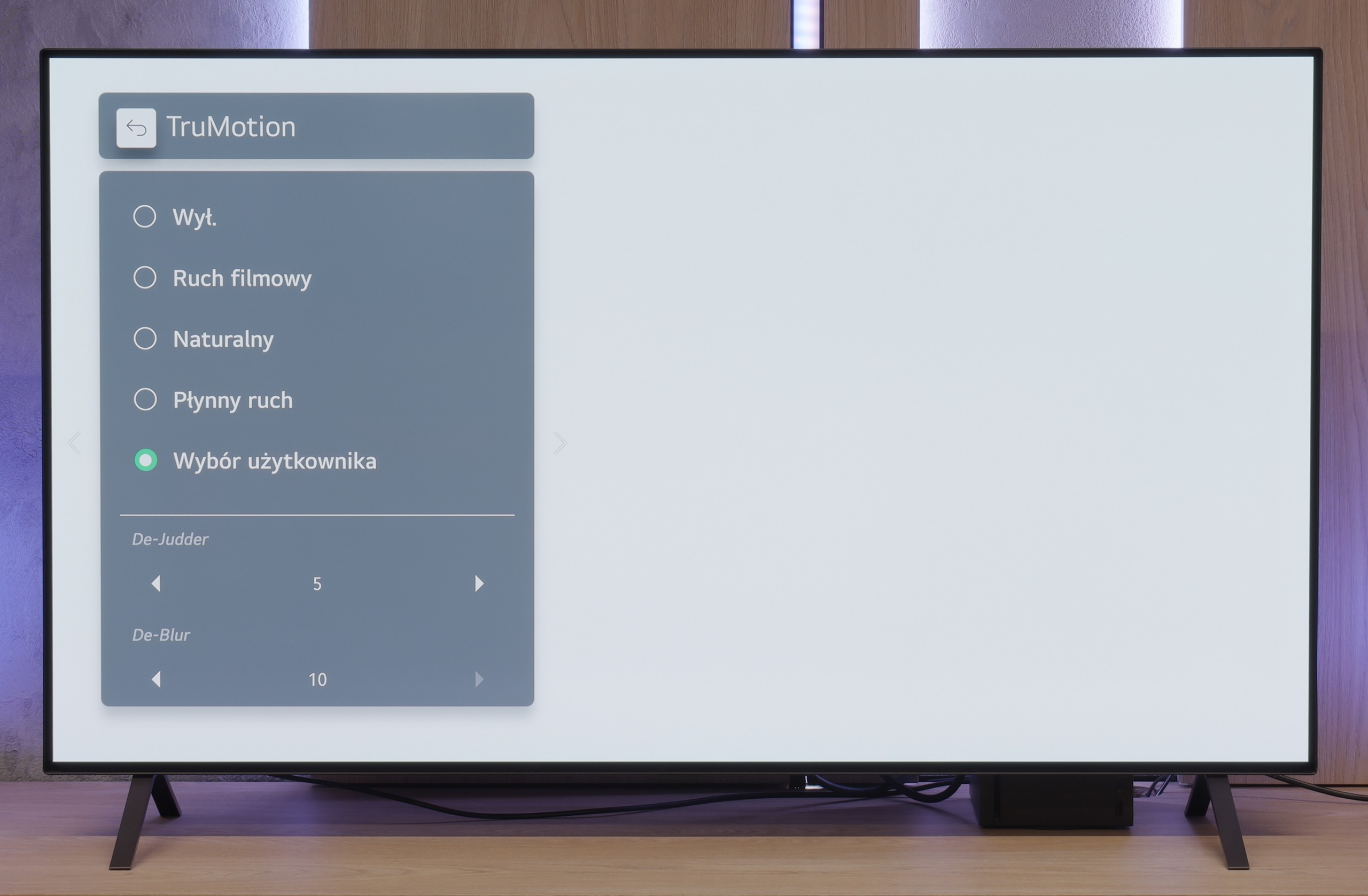

Blur (native resolution, maximum refresh rate):
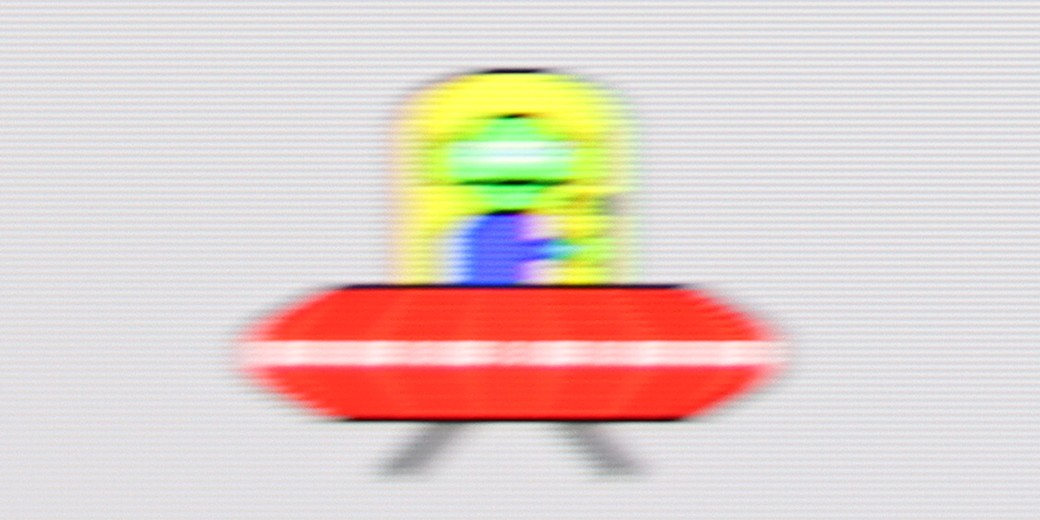
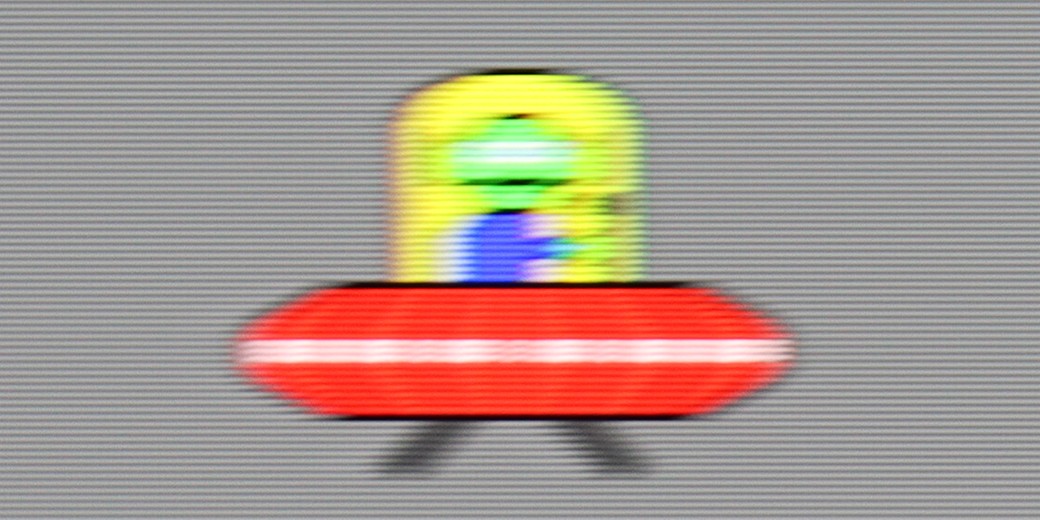
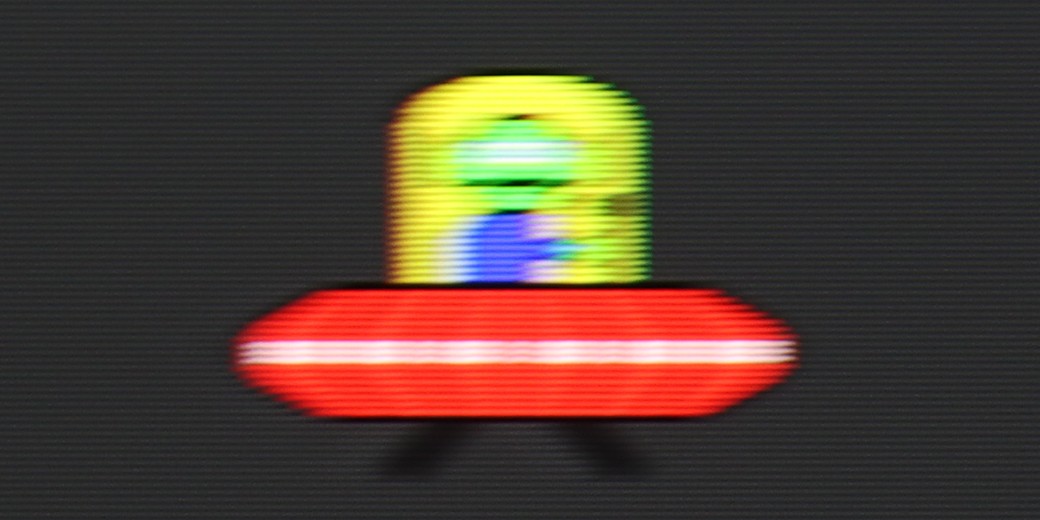



Blur (BFI function enabled):



Smużenie ():
Smużenie (1080p 240Hz):



LG B5 is a television with a 120 Hz OLED panel. It may not sound as impressive as the marketing claims of “144 Hz” or “165 Hz” found in gaming monitors, but honestly? The smoothness is excellent nonetheless. The picture is sharp, fluid and simply enjoyable to watch – even when there is a lot happening on screen. The organic panel does its job – the pixel response time is almost instantaneous, meaning there’s no sign of smearing or blurring that can spoil dynamic shots. Sport, fast-paced games – everything looks clear and distinct.
We also have the classic LG smoothness enhancer, TruMotion. This allows you to smooth out films shot at 24 frames per second – which, to put it bluntly, is most of what you watch on Netflix or from Blu-ray discs. If you set lower values on the “De-Judder” slider, you’ll get a picture closer to a cinematic look – with a slight judder, but without any artificiality. Higher settings? A soap opera effect is guaranteed. Fortunately, LG gives you the option to tune everything to your liking.
U7Q is indeed a very fast television, just like its more powerful version "PRO". At a resolution of 4K, it supports up to 144 Hz refresh rate, and if someone wants even more – in Full HD, you can achieve up to 240 Hz! This will mainly benefit PC gamers, but it is worth appreciating – it is a rarely seen feature in this price segment. Right from the start, it is clear that the U7Q has been designed with dynamic content in mind, such as games or sport. In films, we are not left "out in the cold" either – the U7Q offers an "Ultra Motion Smoothness" feature, where using two sliders you can adjust whether you prefer a smoother, theatrical image or something closer to a cinematic style with a visible film frame. It is good that, as with most manufacturers, we have a choice here as well and can adjust it to our own preferences.
Console compatibility and gaming features
10/10
8.5/10
- ALLM
- VRR
- VRR range40 - 120Hz48 - 240Hz
- Dolby Vision Game Mode
- Correct implementation of HGIG
- 1080p@120Hz
- 1440p@120Hz
- 4K@120Hz
- Game bar
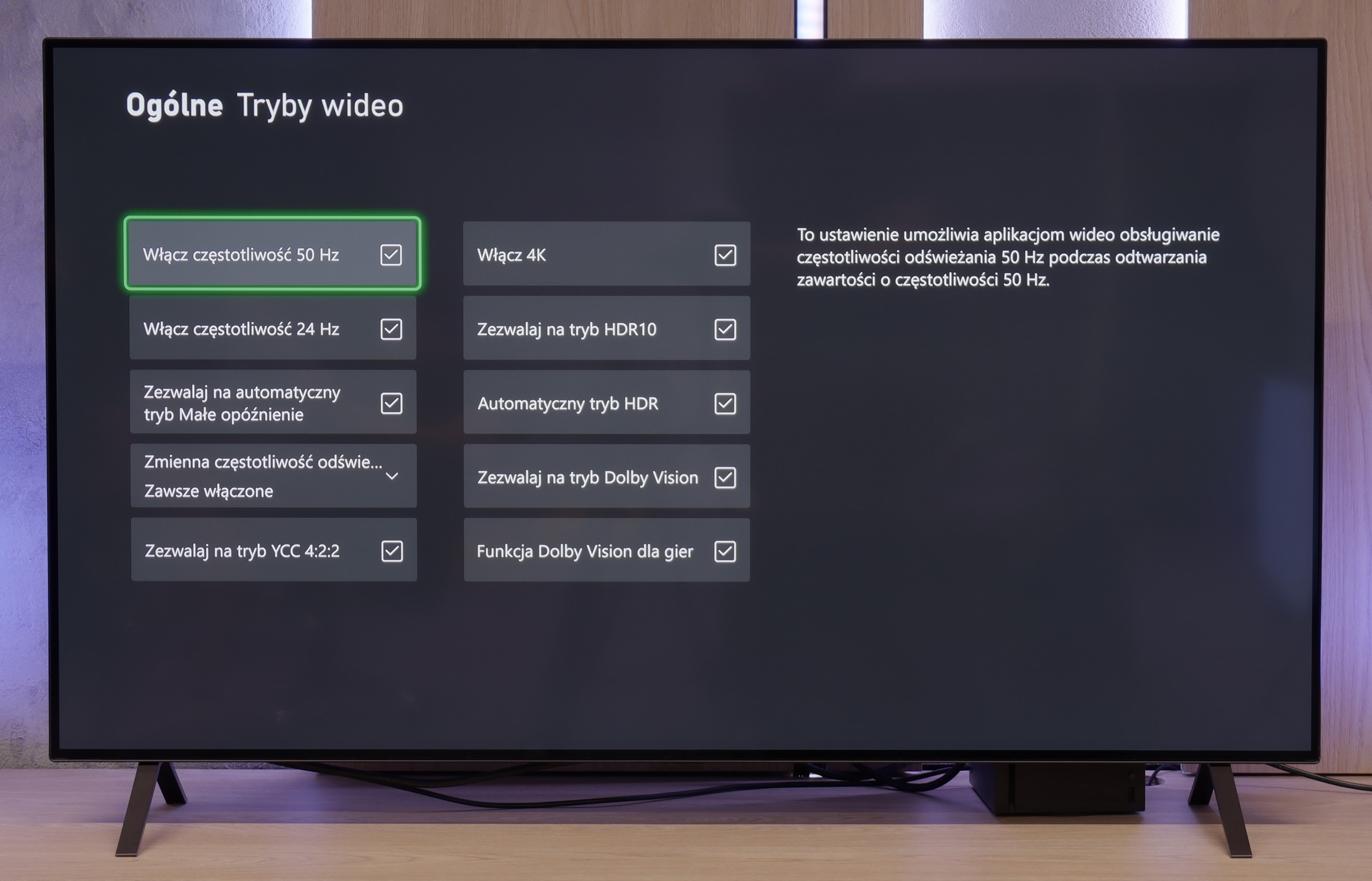

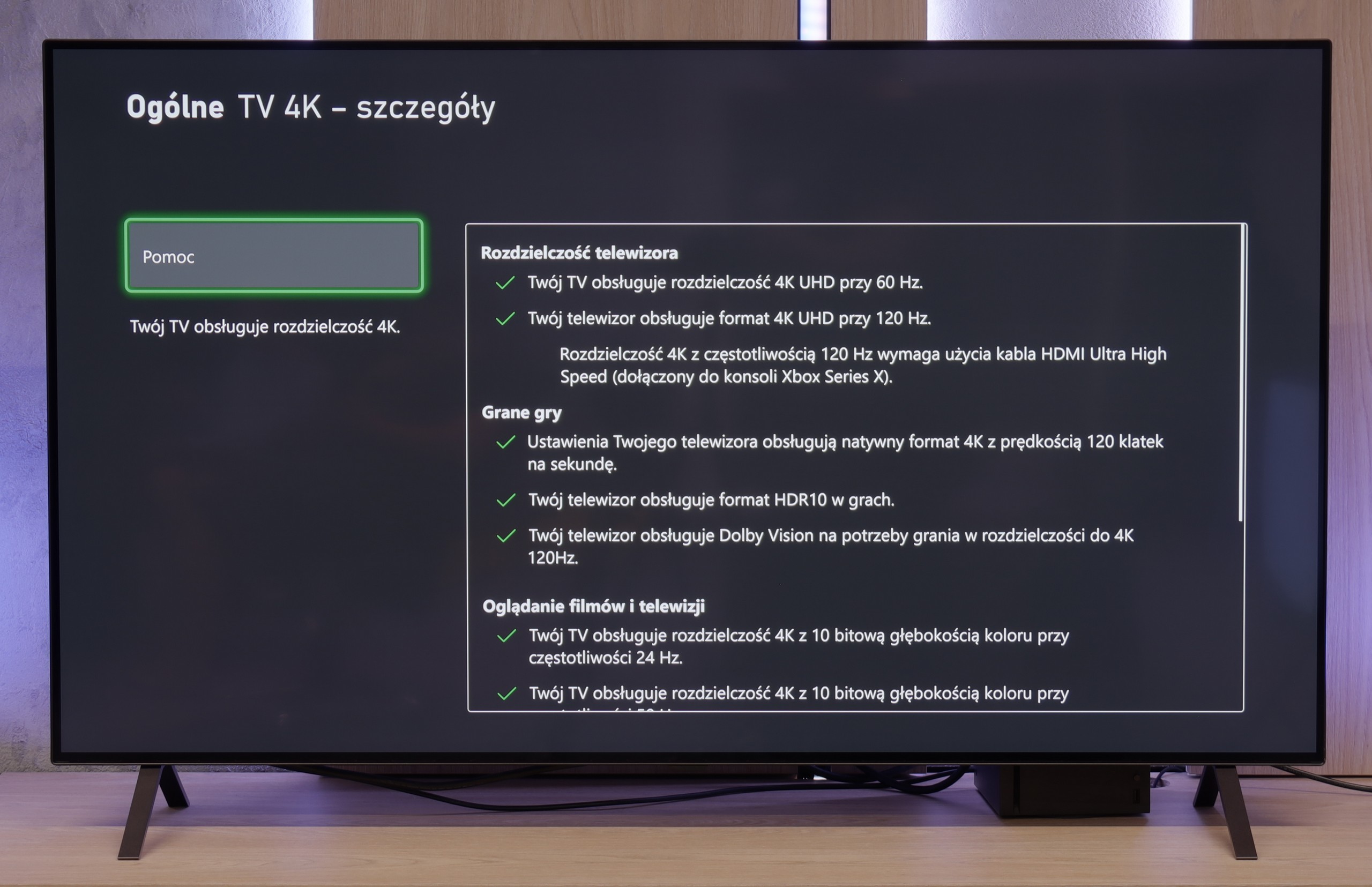

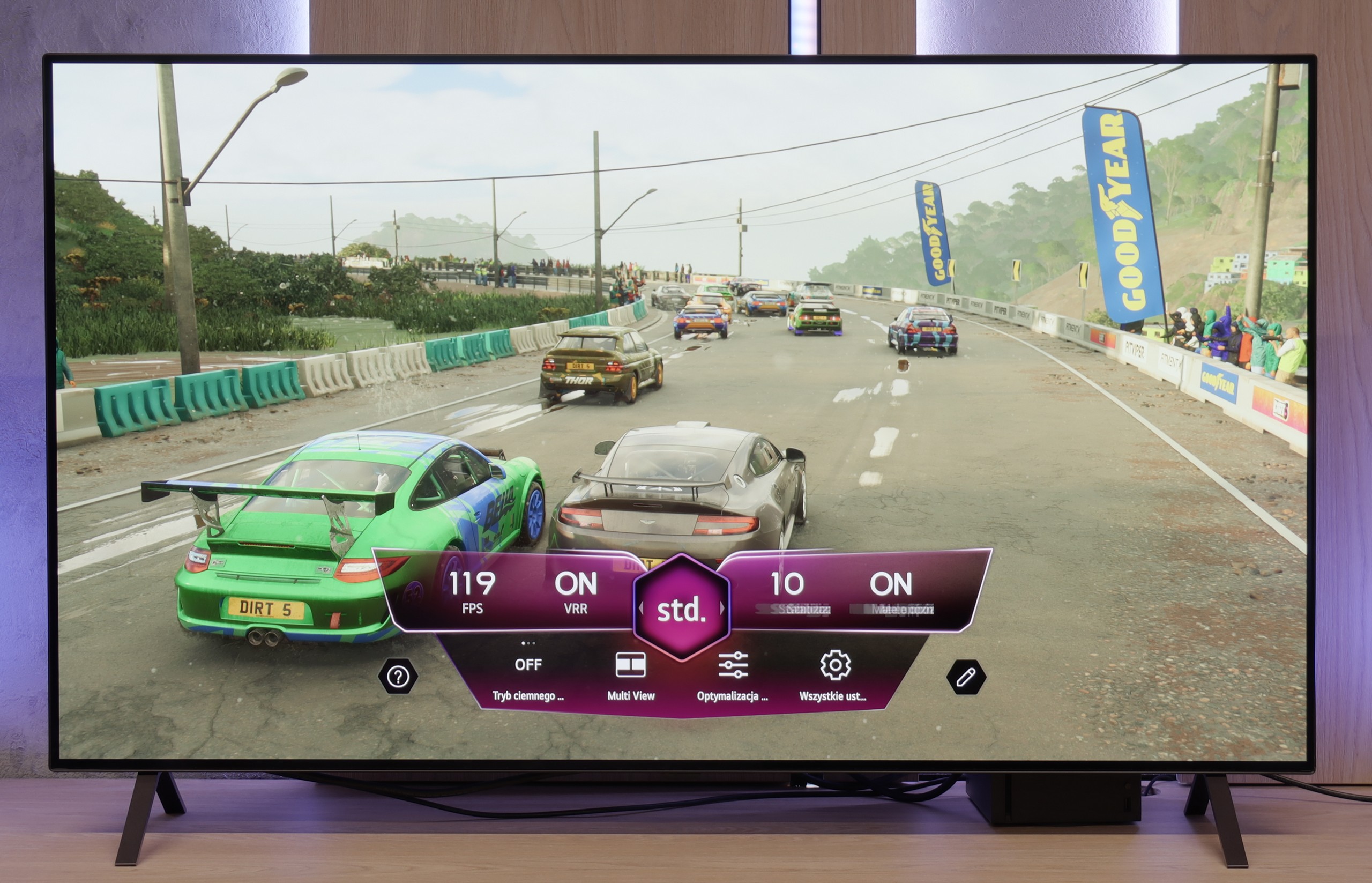

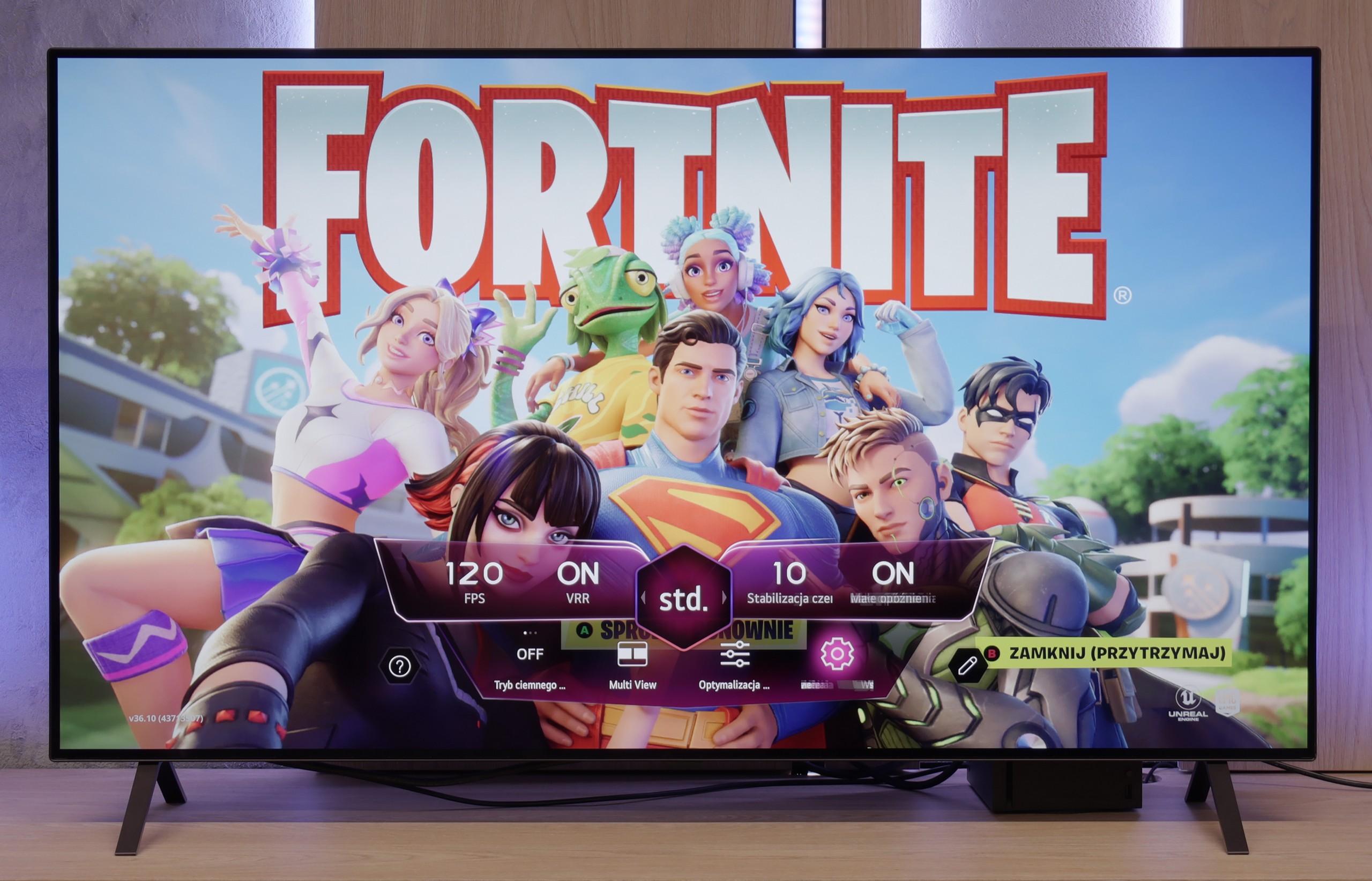

There are already a few televisions on the market with the label “for gamers” that, in practice, don’t understand what that means. The LG B5 is not one of them. Everything here is spot on – there are four HDMI 2.1 ports, it has 120 Hz, VRR, and ALLM, and it even has a Game Bar that is actually useful, not just looks good in the brochure. You connect your console – it works. You set 4K at 120 Hz – it works. You have an Xbox and want to play in Dolby Vision – it works too. And this is not in the sense of “theoretically supports”; it really turns on, looks good, and you don’t need to fiddle with the settings for half an hour. Additionally, there’s the HGiG picture mode that LG implemented correctly – which means HDR in games doesn’t turn the screen into a flash lamp, but shows exactly what it should. There are no surprises here, no strange limitations, no “buts.” And you know what? That’s how it should be. Cheers to the LG B5!
The Hisense U7Q is a television designed with gamers in mind – and this is immediately evident from its gaming capabilities. It has practically everything you could wish for: variable refresh rate (VRR) – check, automatic game mode (ALLM) – check, and on top of that, high refresh rates of up to 240 Hz in Full HD and support for various resolutions, not just 4K. This is truly a great set of features that makes the U7Q perform well both in fast-paced first-person shooters on consoles and in more demanding titles on PC. Of course – as with most Hisense models – there is a lack of proper implementation of the HGiG feature. It's a shame because HGiG allows console brightness to be matched to a specific television, which in practice makes displaying HDR games according to the creators' intent much easier. Without this, you simply have to reckon with certain limitations in the final HDR image in games.
Input lag
9.9/10
9.7/10
SDR
HDR
Dolby Vision
Here we won't elaborate – the LG B5 simply has excellent input lag. For 60 Hz content, it achieves results below 10 ms, and for 120 Hz it even drops to around 5 ms. These are values that cannot be fairly critiqued. It simply works instantly, with no delays, no surprises. Well… almost. Because as usual, there is a small asterisk with the Dolby Vision Gaming mode. In this mode, the response time slightly increases. It’s nothing dramatic – they are still very low values, hardly noticeable during gameplay – but if you play exclusively competitive titles and fight for every millisecond on the XBOX, it’s worth keeping in mind.
The input lag on the U7Q is really impressive. With 120 Hz content, we measured around 9 ms, and with 60 Hz – around 17 ms. These are exceptional results that make the television excellent for even dynamic games requiring quick reactions. It's hard to criticise anything here. Of course, as is often the case, the Dolby Vision mode in games seems to be a bit slower compared to classic SDR or HDR. This will be particularly noticeable for users of Xbox Series X/S consoles, which are the only ones supporting Dolby Vision Gaming. Fortunately, the input lag remains below 30 ms, so in practice, this is still an acceptable level even for more demanding gamers.
Compatibility with PC
7.6/10
8.6/10
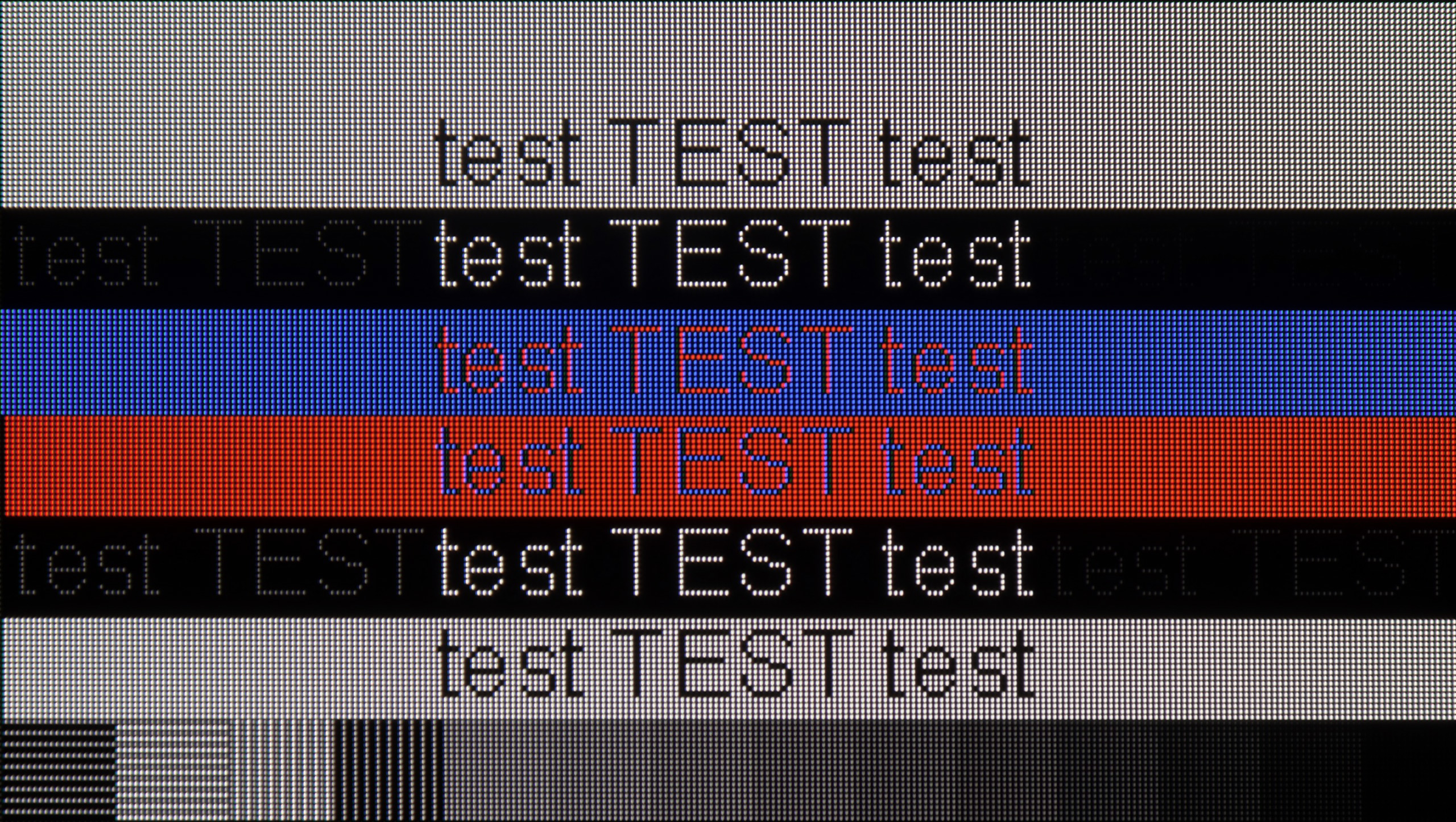

LG B5 is a television that communicates well with a computer. You won't find gaming frills like 144 or 165 Hz here, but is that really necessary for anyone? Thanks to the 120 Hz panel, low input lag, and G-Sync support, it's truly a very good screen for gaming on PC. No stuttering, no tearing, with lightning-fast response.
But it's not just for gaming. You can also quite comfortably... simply work on the B5. The television properly supports chroma 4:4:4, so fonts are readable, interfaces are clear, and your eyes won't hurt from blurred letters. This isn't a given, even among more expensive models. However, there is one 'but' – and this applies not only to the B5, but to any OLED with a WOLED panel. The RWGB subpixel arrangement can cause a slight shadow along the edges of fonts. This isn't something that stands out from the sofa. It's something that someone sitting with their nose to the screen and spending half the day in Excel would notice.
The U7Q communicates excellently with the computer. For gamers, this is great news – we have high refresh rates, low input lag, and G-SYNC support, making gameplay from a PC pure enjoyment. But the U7Q also performs well in everyday tasks. If someone uses the computer for word processing, browsing the internet, or office work – there’s nothing to complain about. The TV correctly handles chroma 4:4:4, so fonts look sharp and clear, without blurriness or odd contours. Both small and capital letters are simply readable – just as it should be.
Viewing angles
7.4/10
3/10
In terms of viewing angles, the LG B5 performs very well – exactly as one would expect from an WOLED panel. No matter from which side you sit, the picture maintains its quality. The colours do not wash out, the contrast does not deteriorate, and the details remain clearly visible. However, it must be said that this is not the level of Samsung Display's QD-OLEDs. Those can hold colour saturation even better at extreme angles. But if you do not plan on watching films while sitting at a 90-degree angle – the B5 is more than sufficient. It is one of those televisions that is simply pleasant to look at – from every angle.
The viewing angles on the U7Q are rather poor – this is simply characteristic of VA panel qualities. Directly in front, everything looks very good: blacks are deep, colours are saturated, and contrast is high. However, just moving slightly to the side causes the picture to start losing quality – colours become washed out, and blacks begin to resemble dark grey. Compared to televisions with IPS panels, the U7Q performs worse, although on the other hand, it makes up for it with better contrast and deeper blacks.
TV efficiency during daytime
4.9/10
6.2/10
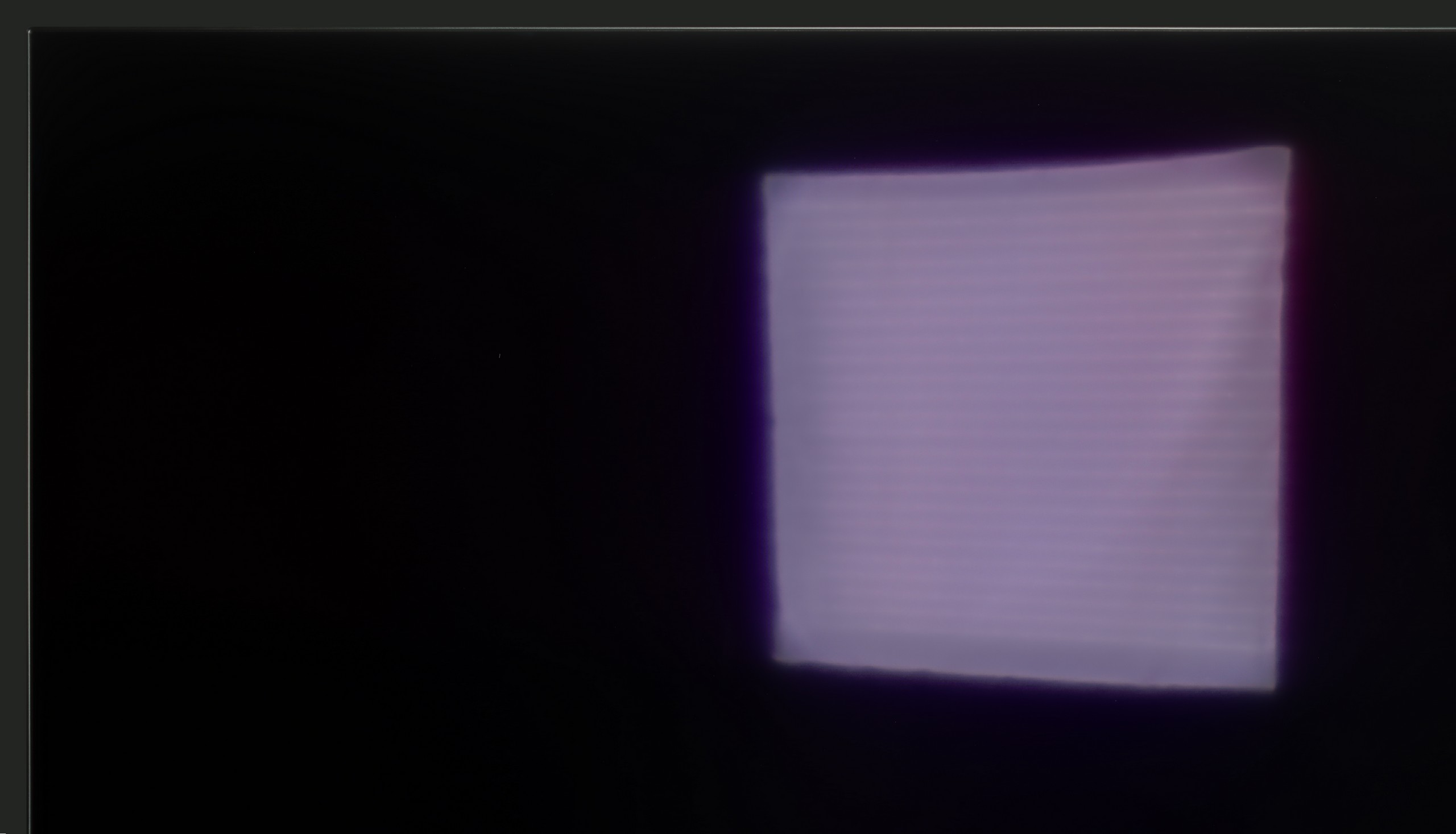

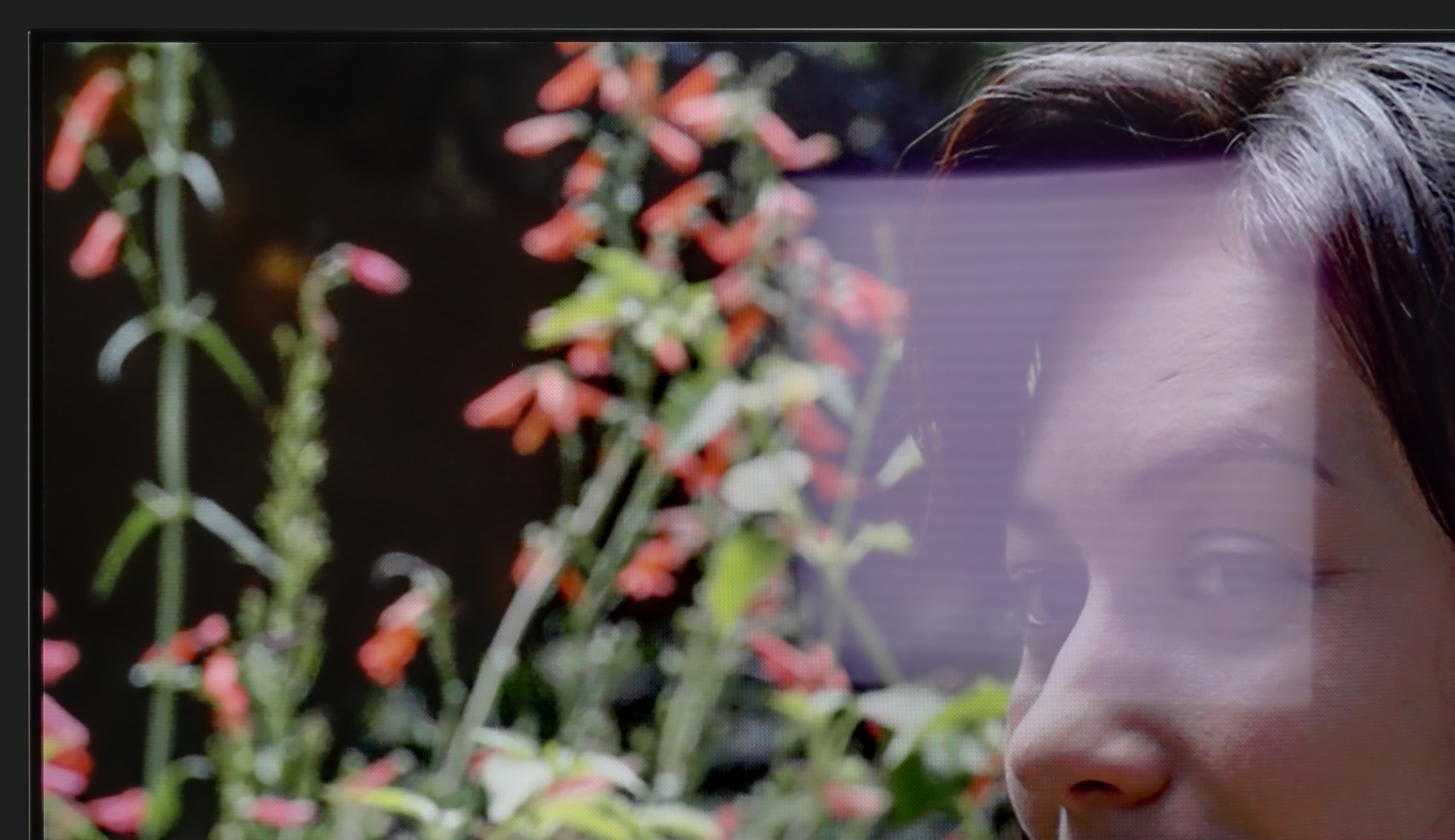

Matrix brightness
Average luminance SDR
Hisense U7Q: 519 cd/m2
LG OLED B5: 279 cd/m2
LG B5 is a television that feels best after dark. But when the sun comes out, it becomes a challenge. The brightness of this model is rather average, and the anti-reflective layer... also average. There are no special coatings here that handle reflections or very bright daylight well. So if you plan to place this television opposite a large, uncovered window – it could simply be difficult to see anything.
Fortunately, there is something worth praising: the glossy WOLED panel maintains colour saturation well. Even in difficult conditions, the image does not fade and does not become "washed out," as can happen with some models of televisions. Generally, it is watchable, but if you are looking for a television specifically "for a bright living room," then the B5 should not be your first choice.
The U7Q performs quite well in a sunlit room. The brightness in SDR mode averages around 520 nits, which practically means that even on a sunny day, it is easy to comfortably watch television – without the feeling that everything is drowned in reflections. Additionally, thanks to the satin coating on the panel, the television does a good job of suppressing reflections.
Details about the matrix
Subpixel Structure:

Panel uniformity and thermal imaging:
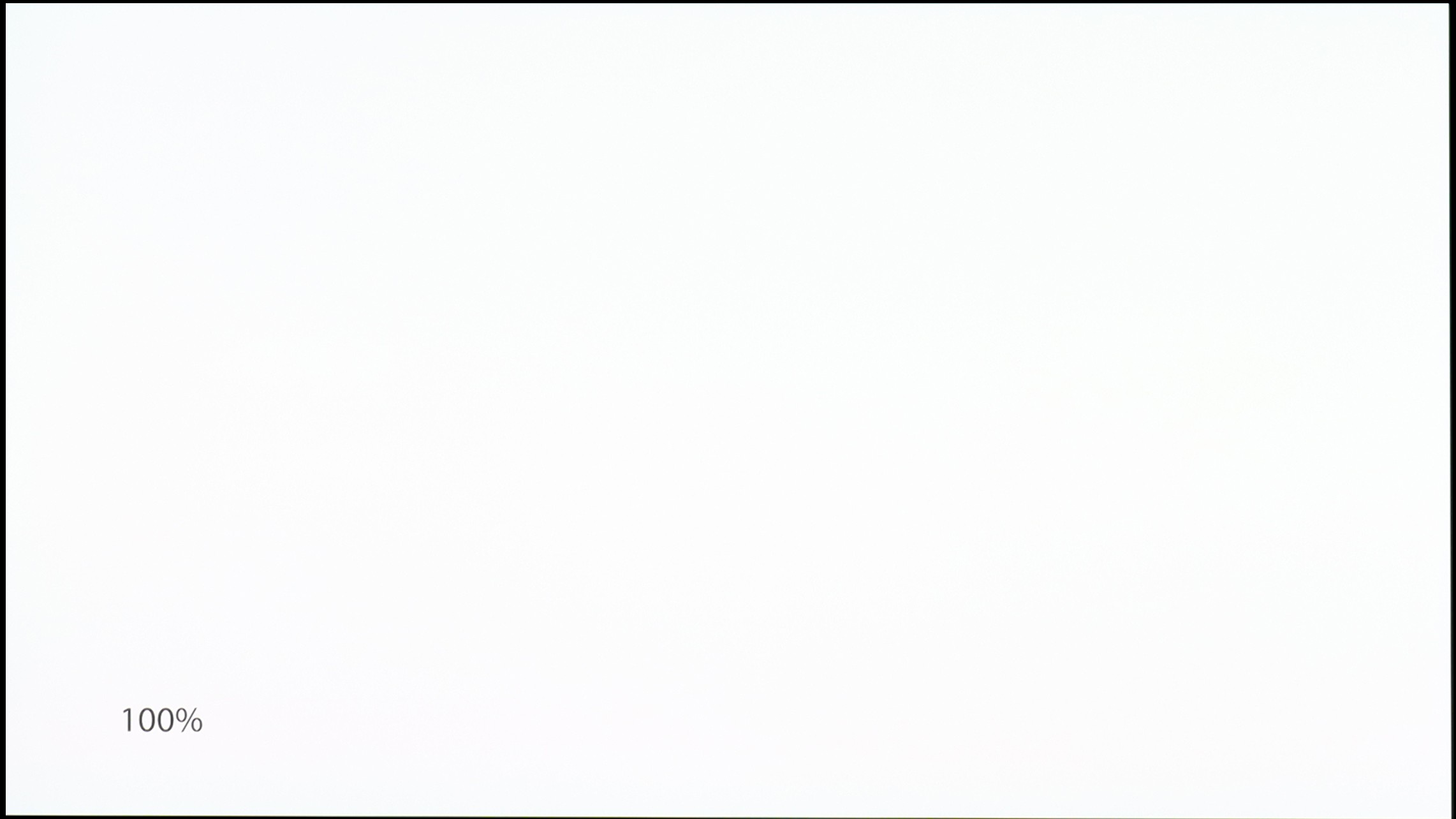

TV features
7.9/10
8.9/10
- HDMI inputs0 x HDMI 2.0, 4 x HDMI 2.1 48Gbps2 x HDMI 2.0, 2 x HDMI 2.1 48Gbps
- Other inputsRCA (Chinch)
- OutputsToslink (Optical audio), eARC (HDMI), ARC (HDMI)Toslink (Optical audio), eARC (HDMI), ARC (HDMI), Mini-Jack (Headphones)
- Network InterfacesWi-Fi 2.4GHz, Wi-Fi 5GHz, Ethernet (LAN) 100MbpsWi-Fi 2.4GHz, Wi-Fi 5GHz, Ethernet (LAN) 100Mbps
- TV receptionDVB-T, DVB-T2, DVB-S, DVB-S2, DVB-CDVB-T, DVB-T2, DVB-S, DVB-S2
Classic features:
- Recording to USB (terrestrial TV)
- Recording programming
- Picture in Picture (PiP)
- RF remote control (no need to aim at the screen)
- Backlit remote control
- Teletext
- Audio only mode
- Bluetooth headphones support
- Simultaneous Bluetooth headphones & TV audio
Smart features:
- AirPlay
- Screen mirroring (Windows Miracast)
- Voice search
- Voice search in native language
- Ability to connect a keyboard and mouse
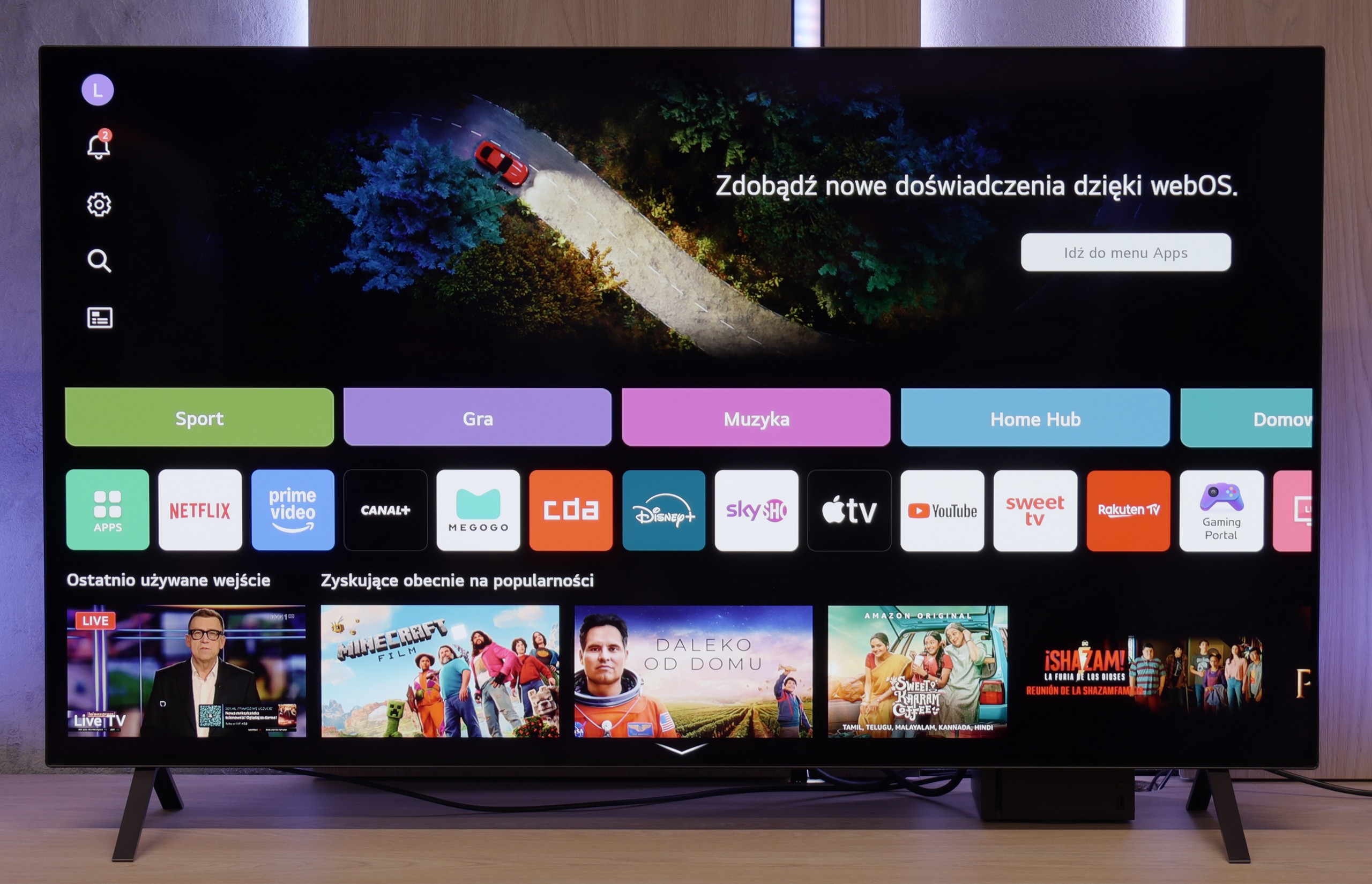
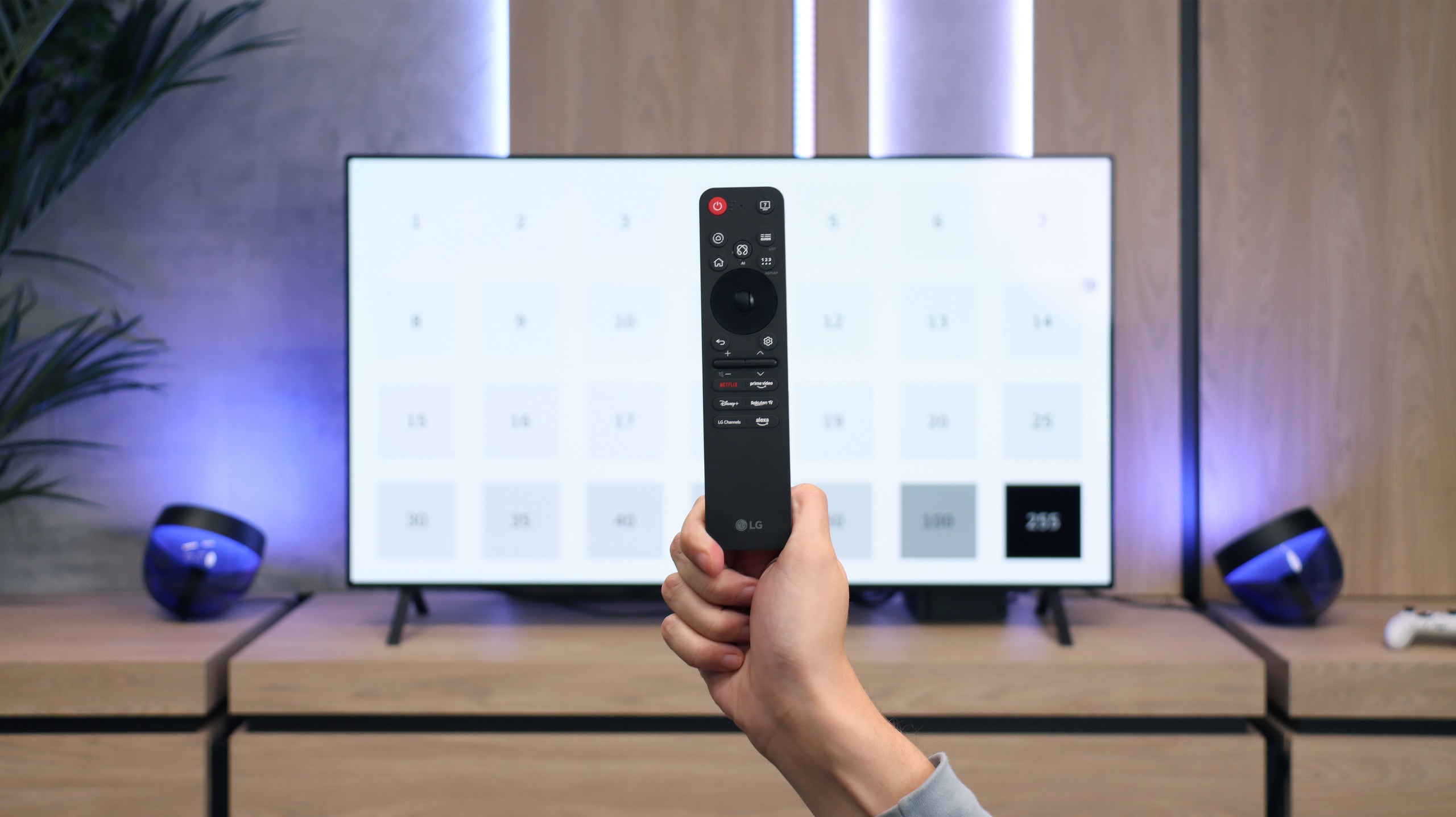
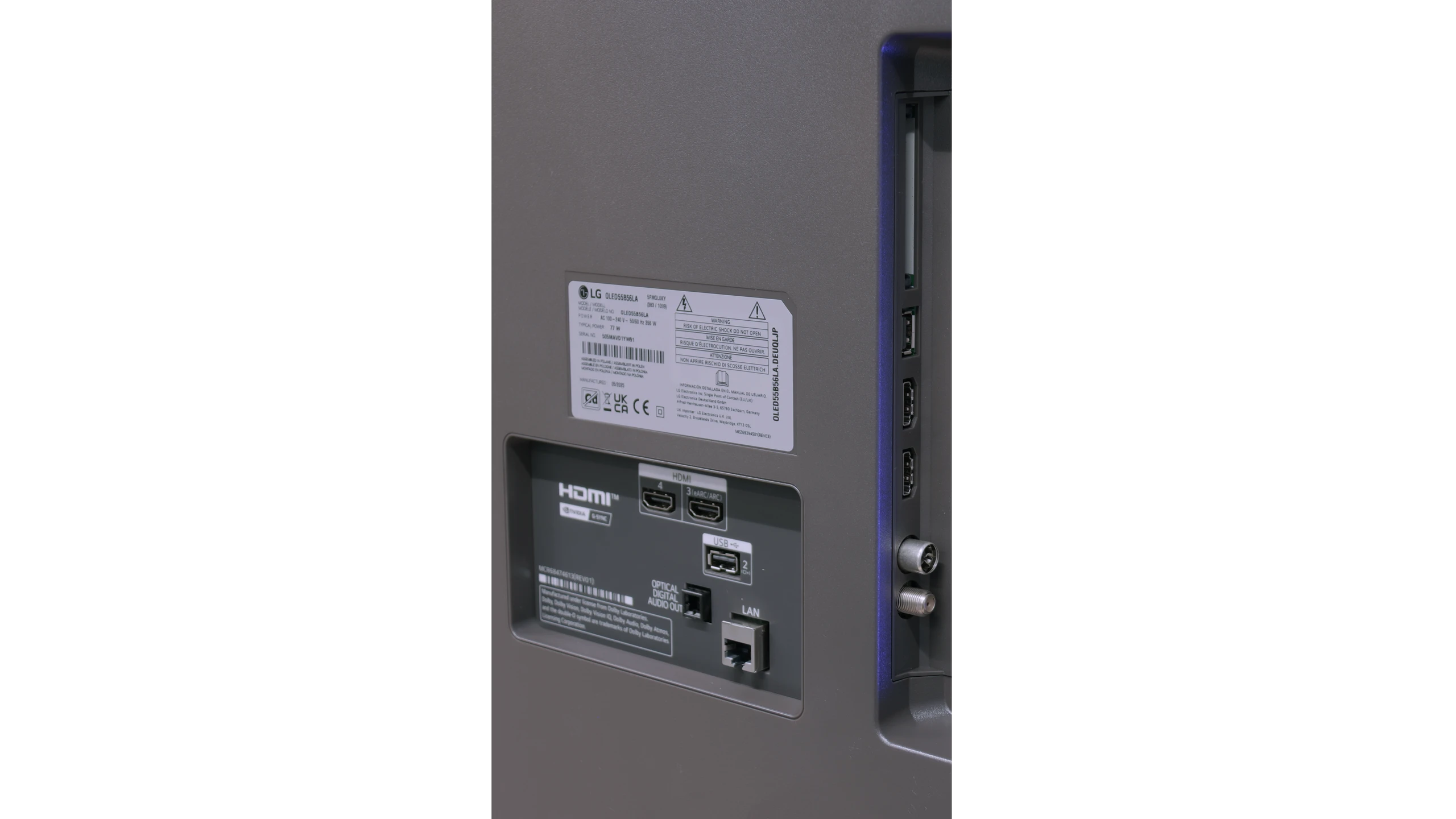




User features
Although the LG B5 is modern equipment, it hasn't forgotten about those who sometimes just want to... watch television. Without apps, without accounts, without logging in anywhere. It comes with built-in DVB-T2 tuners and the ability to record onto USB, along with a clear and fast EPG guide. Is that not enough? There’s even a working teletext – for many, probably a relic, for others, a daily necessity. We also appreciate the option to turn off the picture and leave just the sound, which is great for listening to music. And if you want to watch quietly – you can easily pair Bluetooth headphones, without a struggle with settings and without delays. Everything works as it should.
SMART TV: webOS
The biggest distinguishing feature of the webOS system – still! – is the way it is controlled. The Magic remote that comes with the LG B5 (in our version B56 – without a numeric keypad) works like a magic wand. You point, click, select. And it simply… works. Intuitively, quickly, and without unnecessary side-to-side clicking. Additionally, there’s an AI voice assistant – quite efficient. You can summon it directly from the remote and use your voice to search for content, change settings, or switch sources. WebOS may not be the most "modern" system on the market, and the built-in ads can be annoying, but when it comes to user convenience – especially with the Magic remote – it still outpaces the competition by a step.
Classic features of U7Q
Hisense U7Q has quite a lot to offer when it comes to classic TV features. You can record programmes to USB, connect external devices via Bluetooth without any hassle, and the interface – such as the EPG – is clear and easy to read. It may sound like something mainly appreciated by seniors, but the truth is that U7Q has practically everything needed for watching traditional television. The only thing missing here is the PiP (picture-in-picture) feature.
Smart TV U7Q: Vidaa
As for Smart features, the U7Q runs on the proprietary VIDAA system. And it must be admitted – it operates really smoothly. Voice search in Polish? No complaints. AirPlay and screen mirroring? They work without any issues as well. Of course, one must be aware that VIDAA is a closed system, so – as is often the case – it lacks some popular applications, especially those related to music. Therefore, before purchasing, it is worth checking whether all the applications you use regularly are available.
Playing files from USB
8.6/10
8.2/10
Supported photo formats:
Maximum photo resolution:
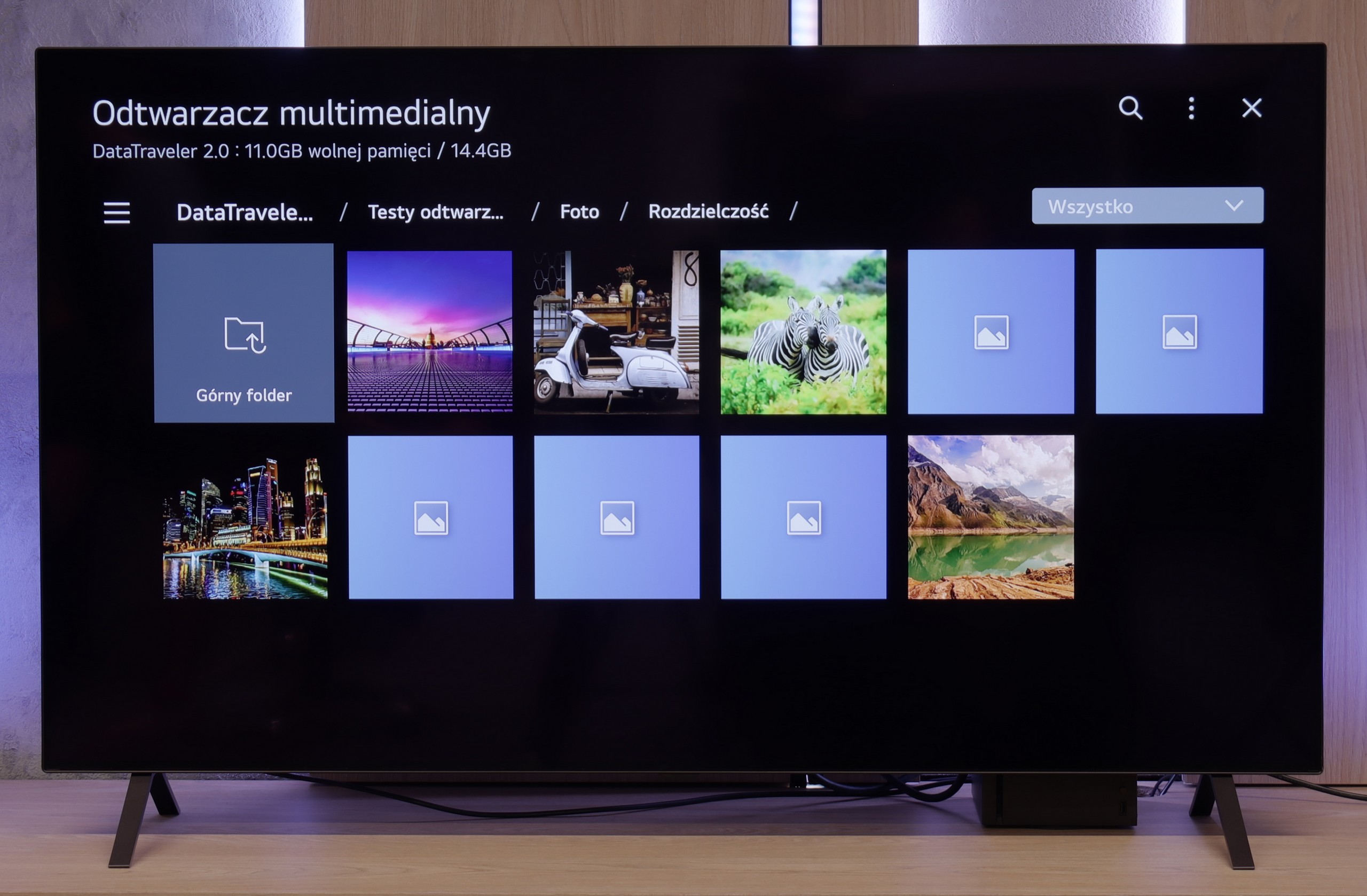

LG B5 handles files from USB as it should. Most popular formats work flawlessly, and subtitles – even with Polish characters – are displayed correctly. You can easily play a movie from a USB stick or have a weekend slideshow of your holiday photos without worrying that something will go wrong. However, there was a surprise with HEIC format files – that is, photos saved by Apple devices. While the LG C5 had no issues with them, the B5 stubbornly refused to cooperate and was unable to display them. A minor hiccup that probably won't affect everyone, but it's worth knowing about.
The built-in player in the U7Q fully meets the needs of most future users. The television handles Polish characters effortlessly and supports most popular video, audio, and image formats. If we had to nitpick, it would only be about the limited support for certain image resolutions – there are instances when files from a camera are not displayed correctly. So it's worth keeping this in mind if you plan to present photos straight from a DSLR or phone.
Apps
9.1/10
7.7/10














































Sound
7/10
7.2/10
- Maximum volume-82dB
- Dolby Digital Plus 7.1
- Dolby True HD 7.1
- Dolby Atmos in Dolby Digital Plus (JOC)
- Dolby Atmos in Dolby True HD
- DTS:X in DTS-HD MA
- DTS-HD Master Audio
We weren't expecting miracles – after all, the LG B5 doesn’t have an advanced audio system, and its built-in speakers look... well, like those in most flat-screen televisions. And yet – it sounded really pleasant. The dialogues are clear, the sound doesn’t boom, and during a calmer viewing, we didn’t immediately feel the need to connect a soundbar. It's a pity that this year LG decided to cut something that worked in the previous generation. We're of course talking about support for DTS formats, which we will no longer find in the B5. If you have films encoded in this format – you'll need to rely on an external player.
Sound is one of the bigger advantages of the U7Q. The television sounds really pleasant – there is a slightly noticeable bass, good tone balance, and definitely something more than just for "daily news watching." You can easily play music on it and simply sit back and enjoy the sound – of course in an entertaining form, not an audiophile one 😉. Full support for the most important audio codecs also deserves a big plus, as they worked flawlessly. A small exception is Dolby Atmos in TrueHD version, which didn’t fully play when connected to the home cinema, so if someone uses this format – it’s worth keeping in mind – it might be a software issue.
Acoustic Measurements
No acoustic data
82dBC (Max)
75dBC


